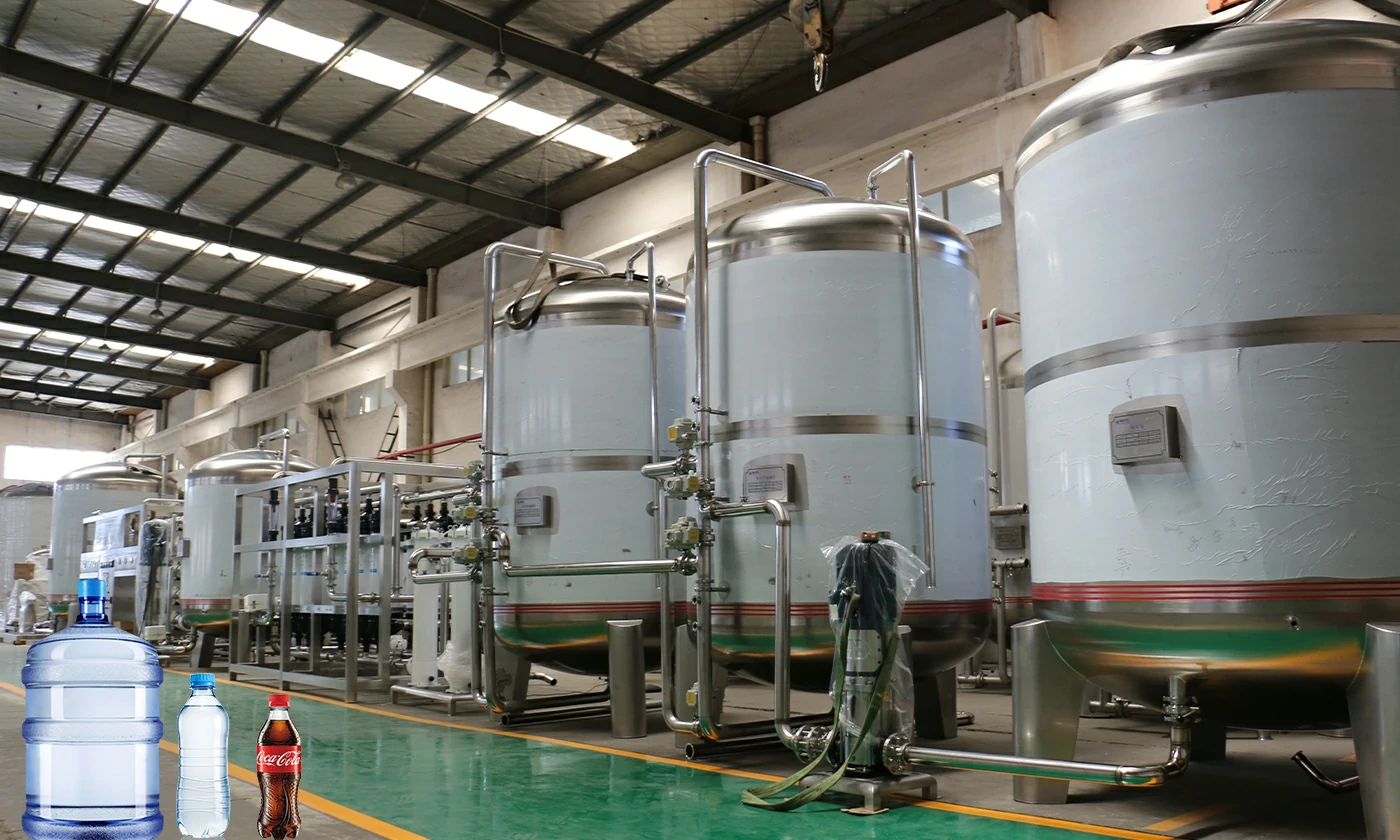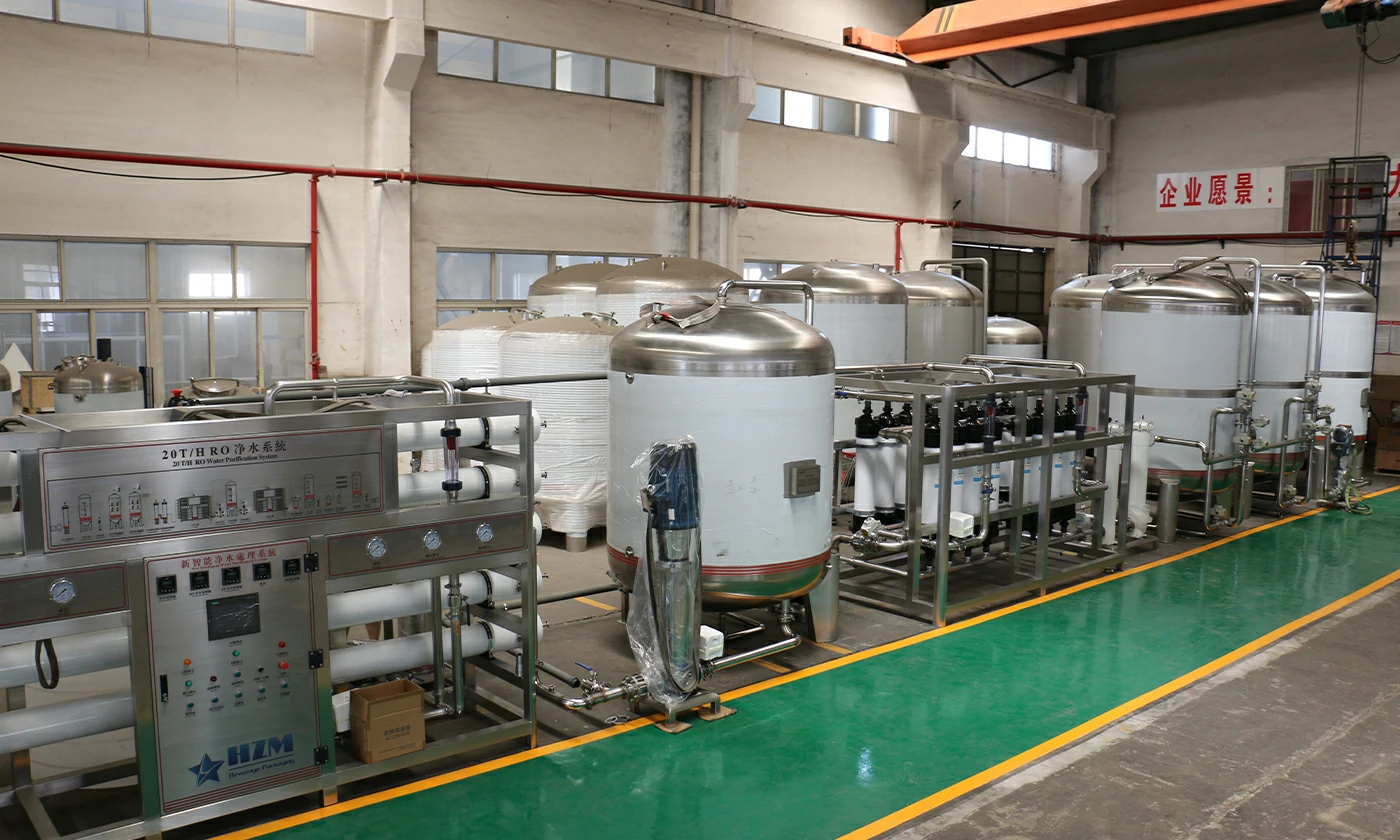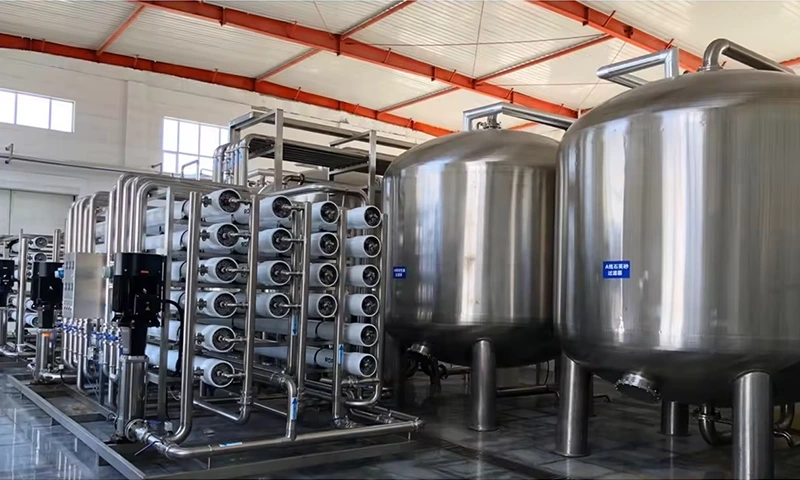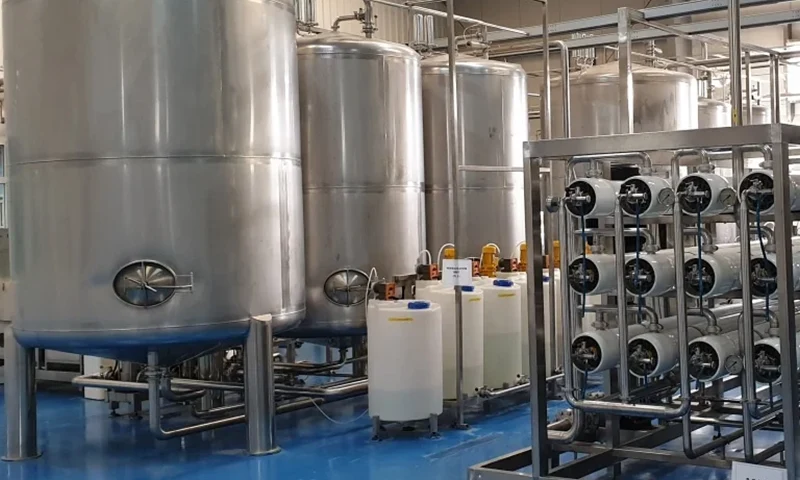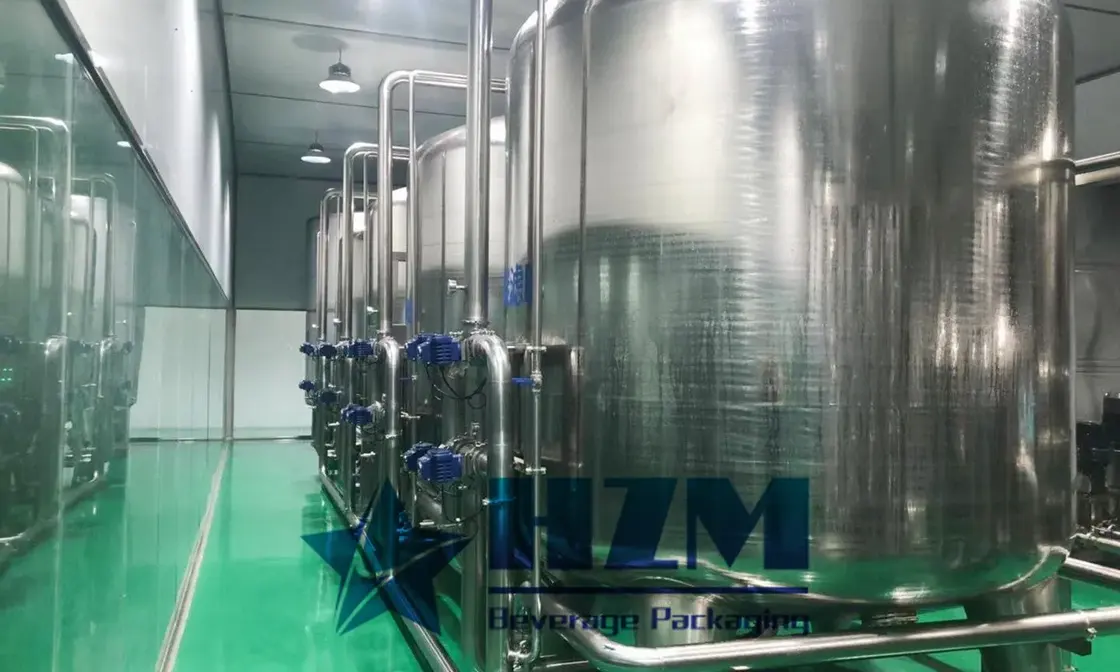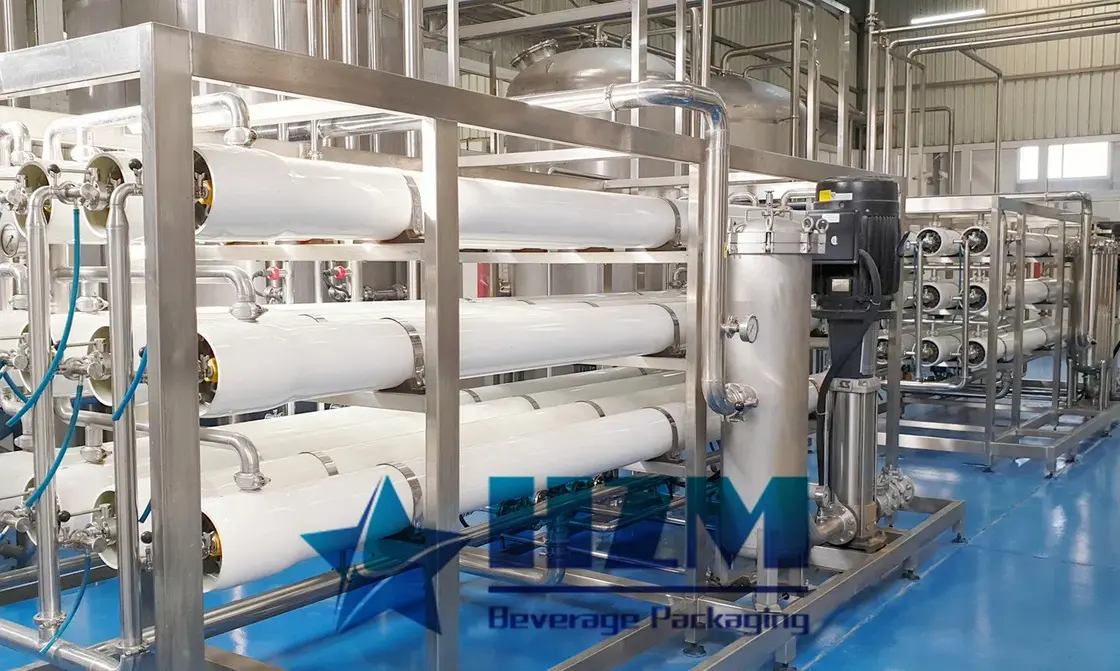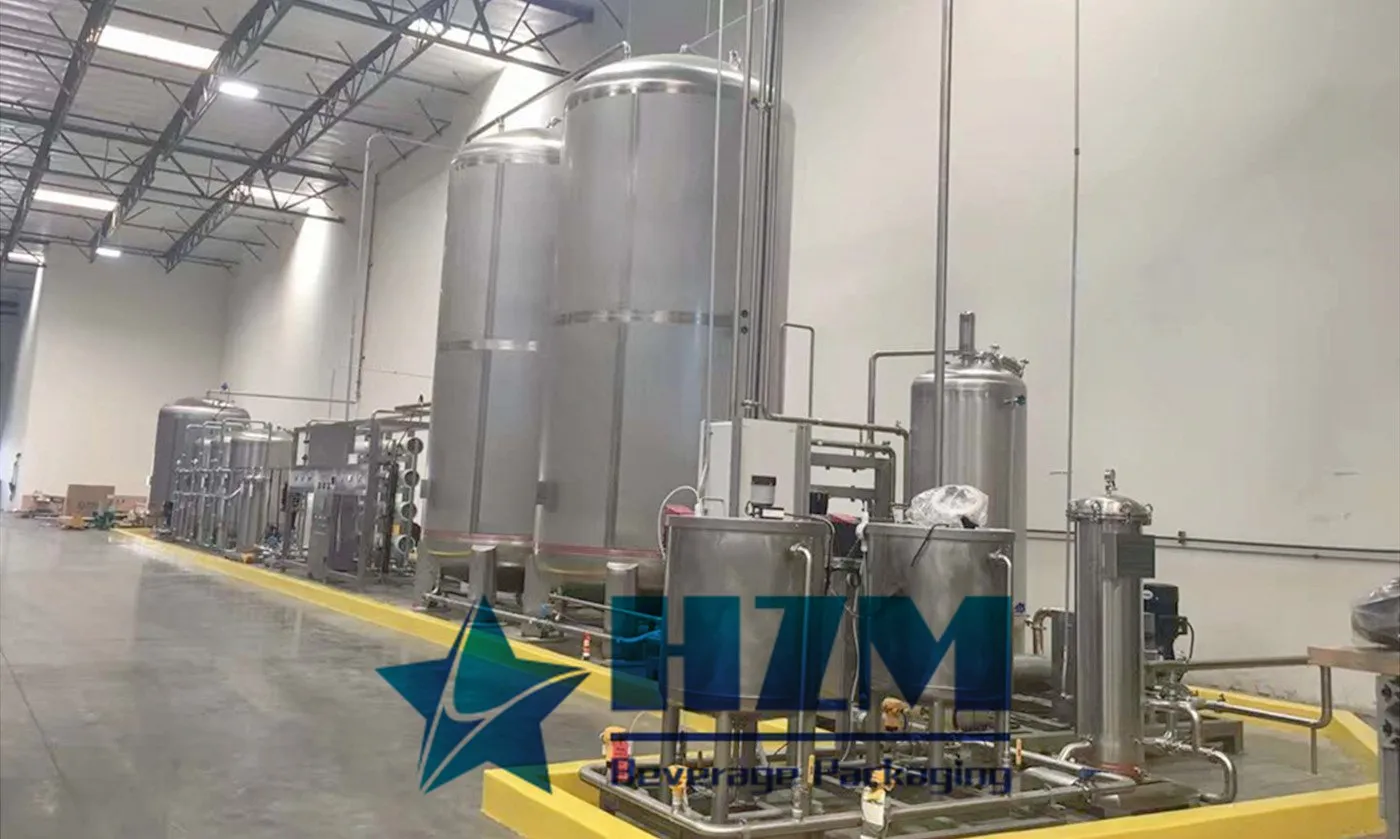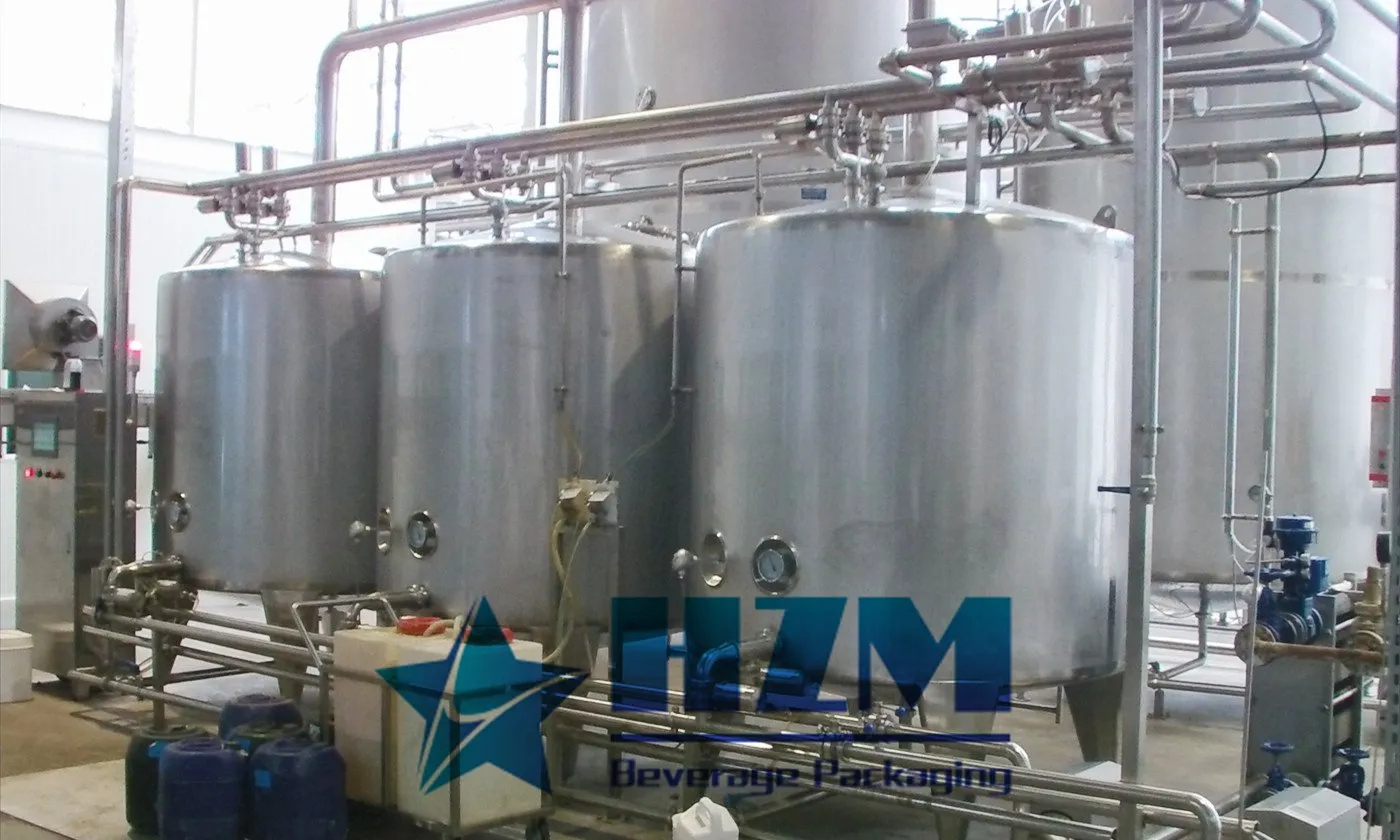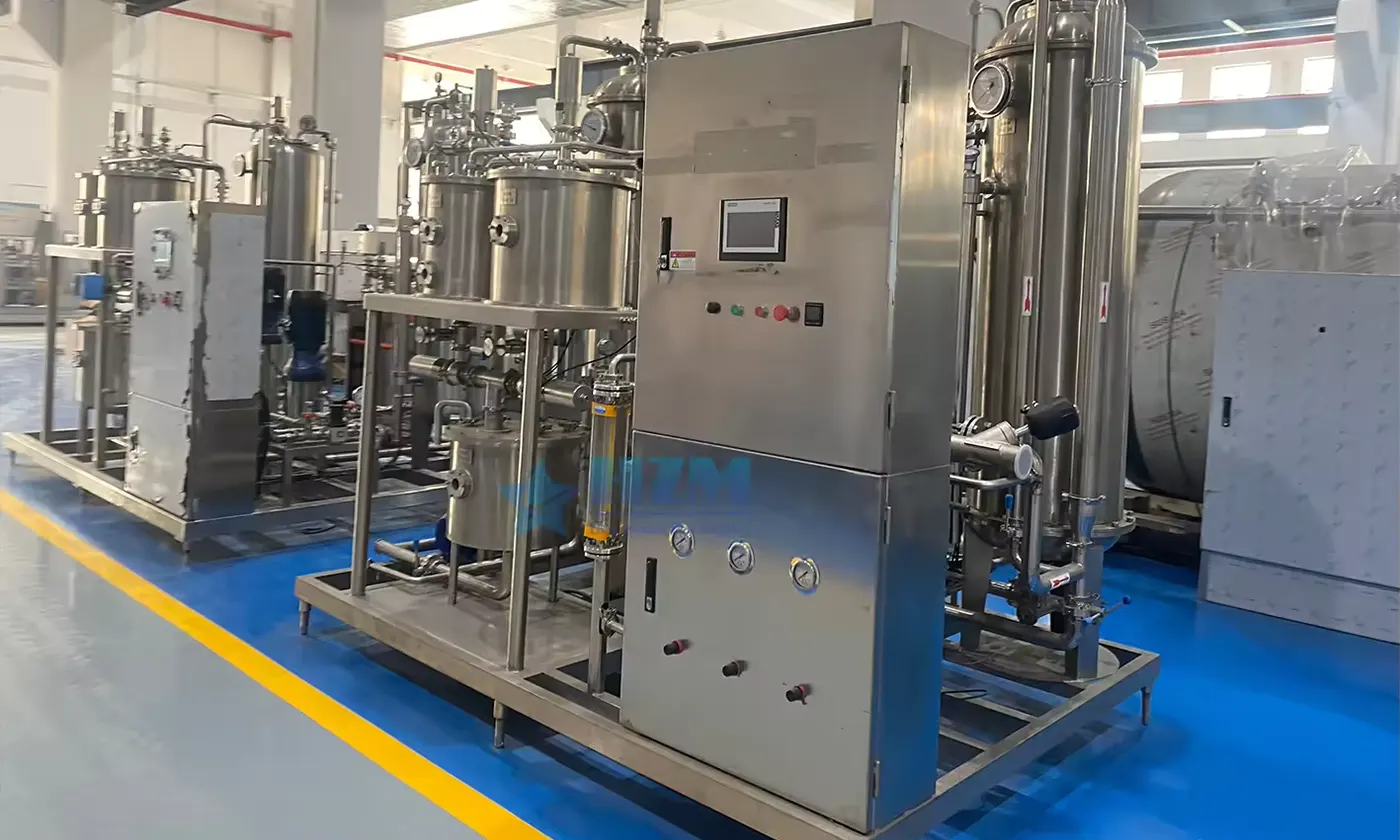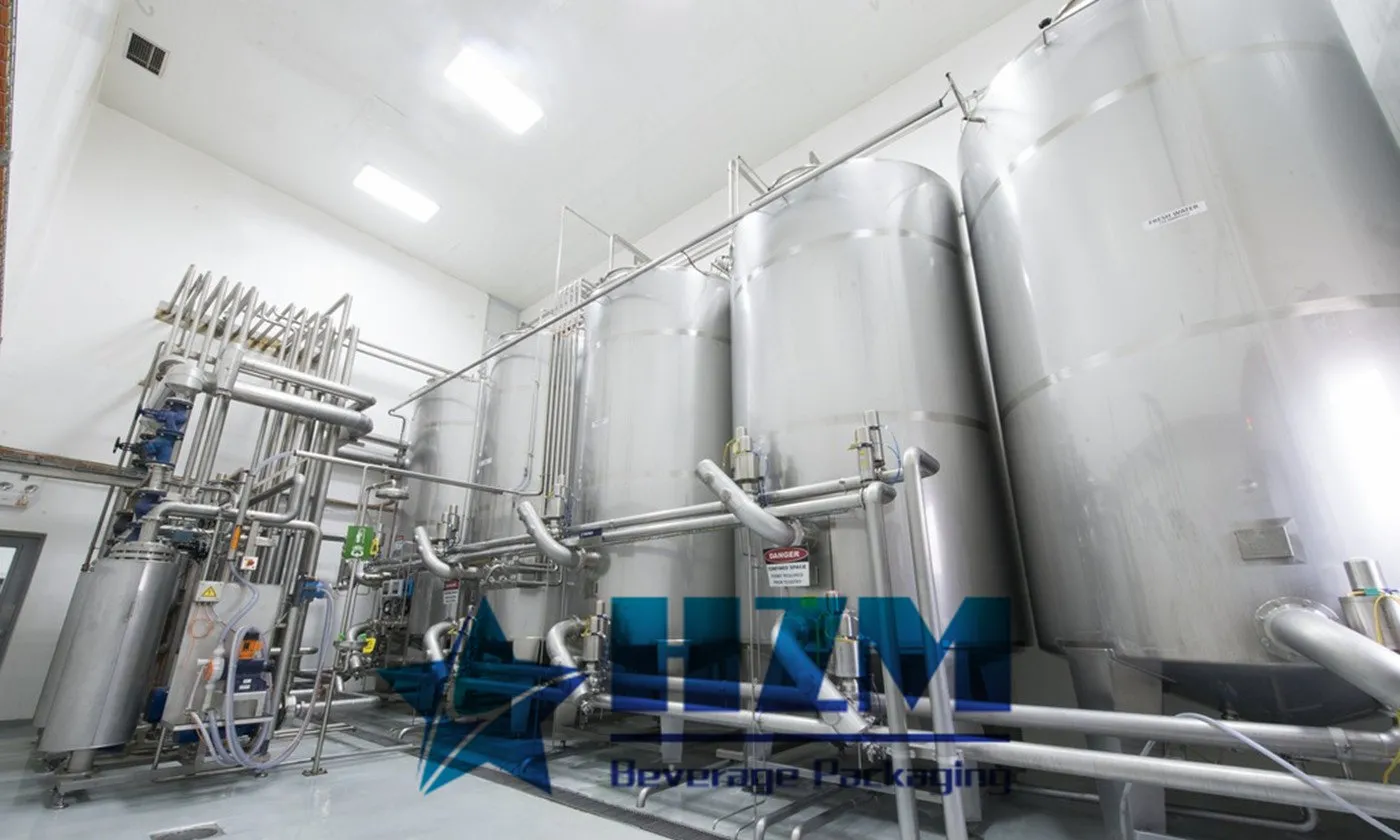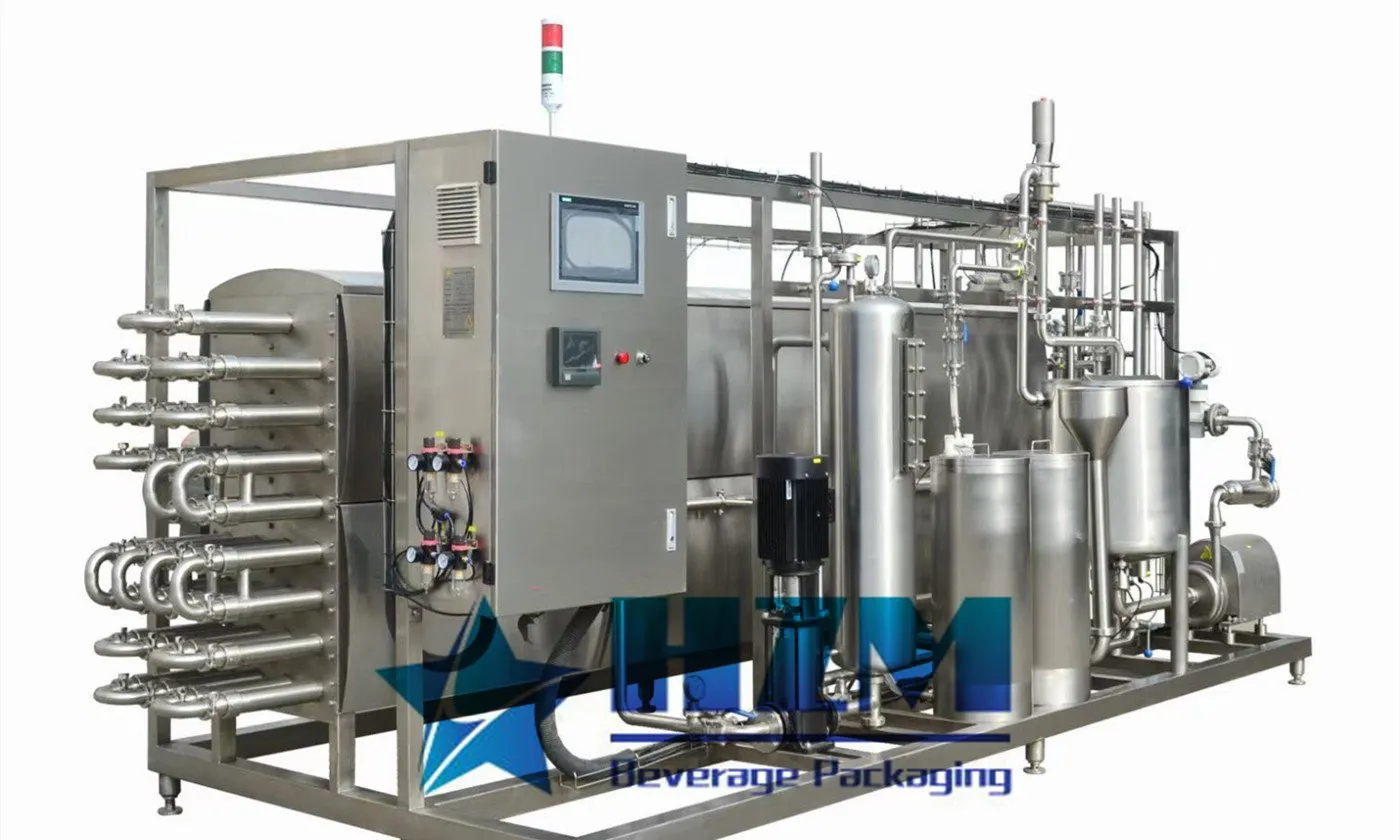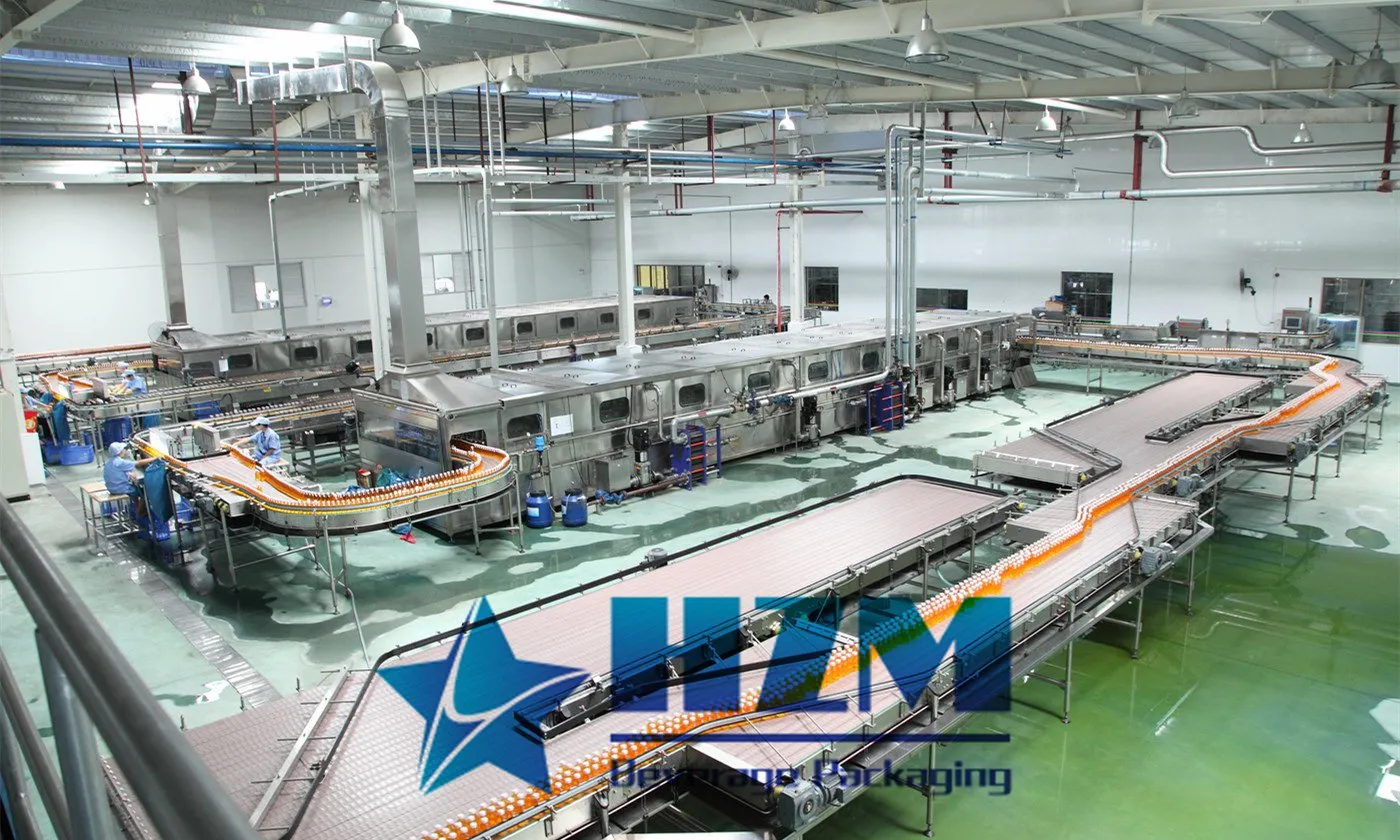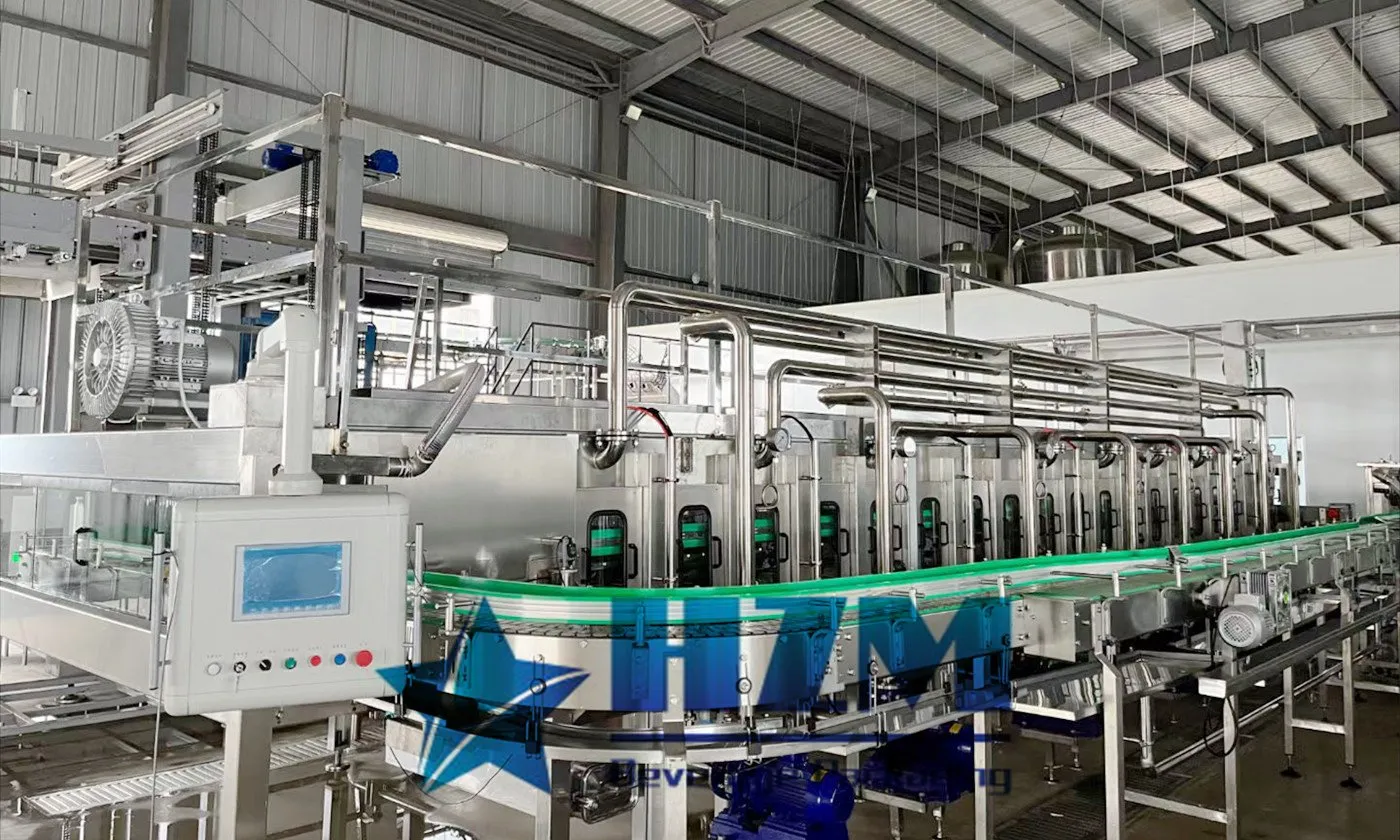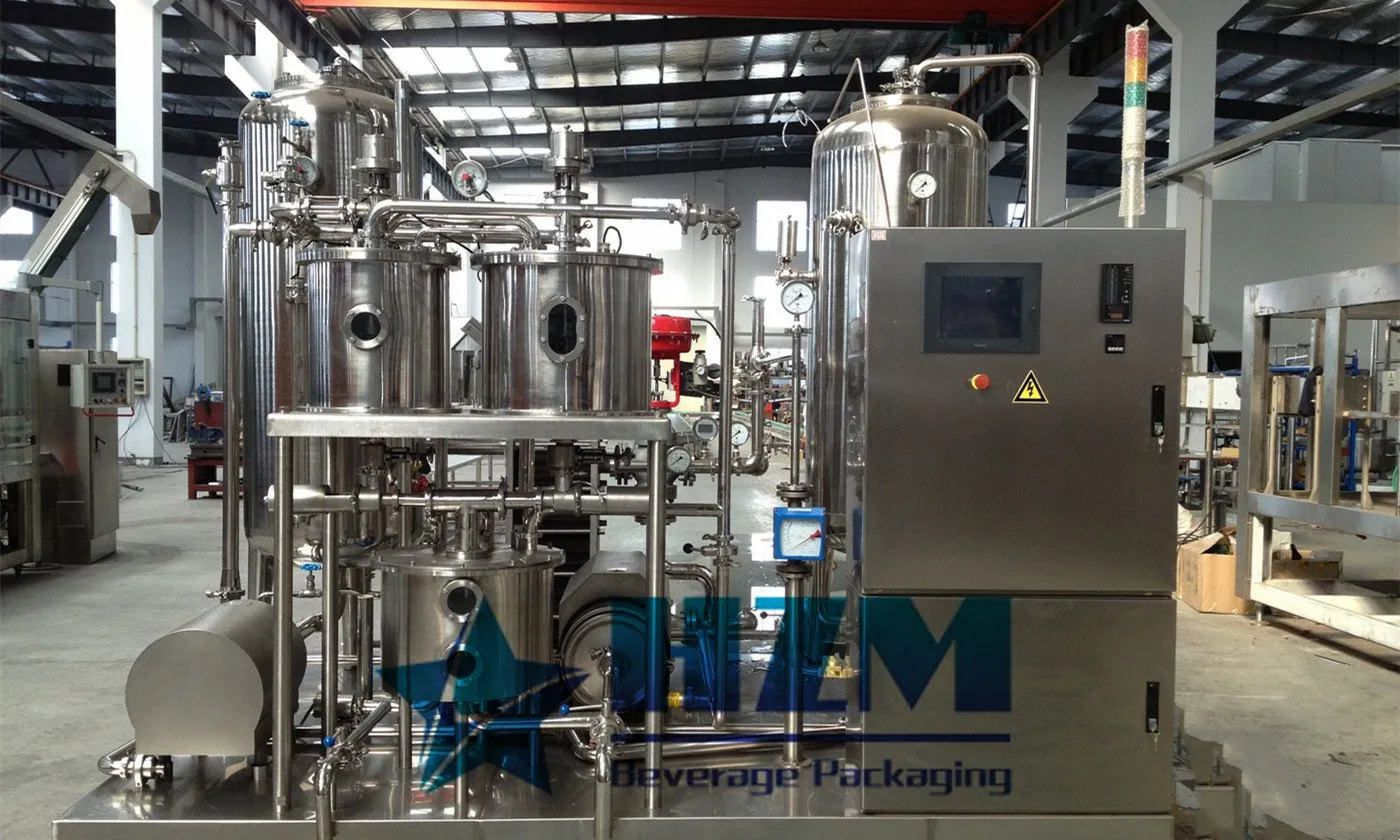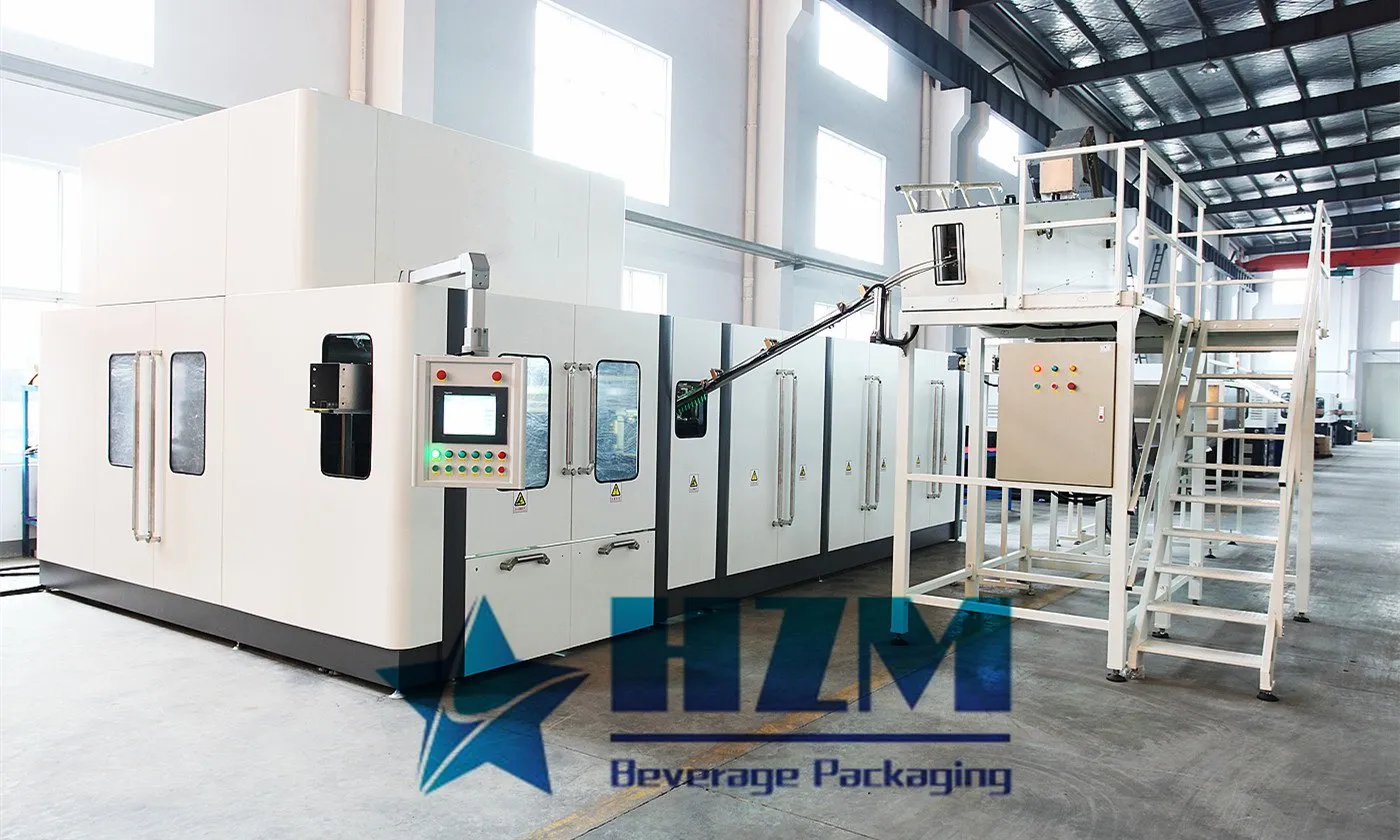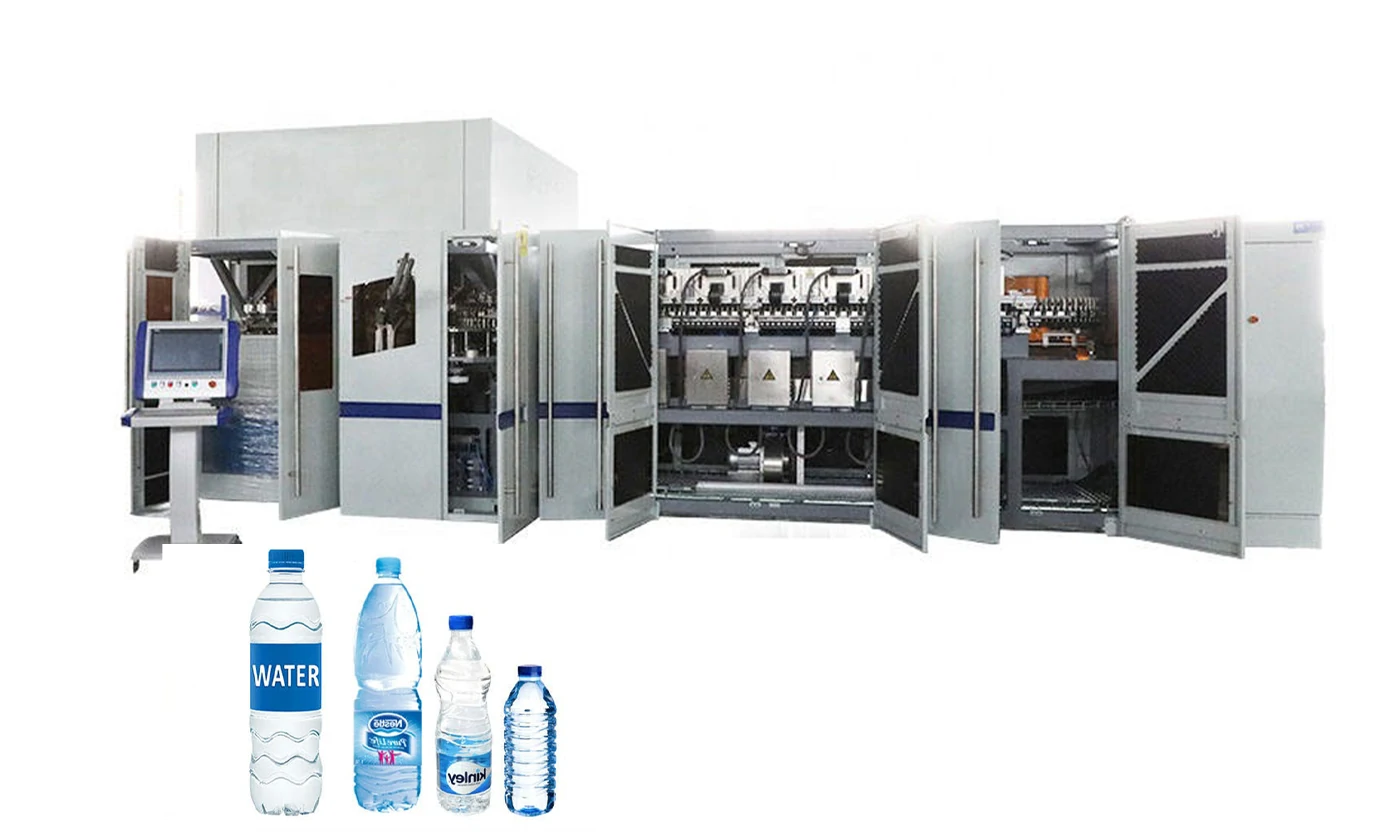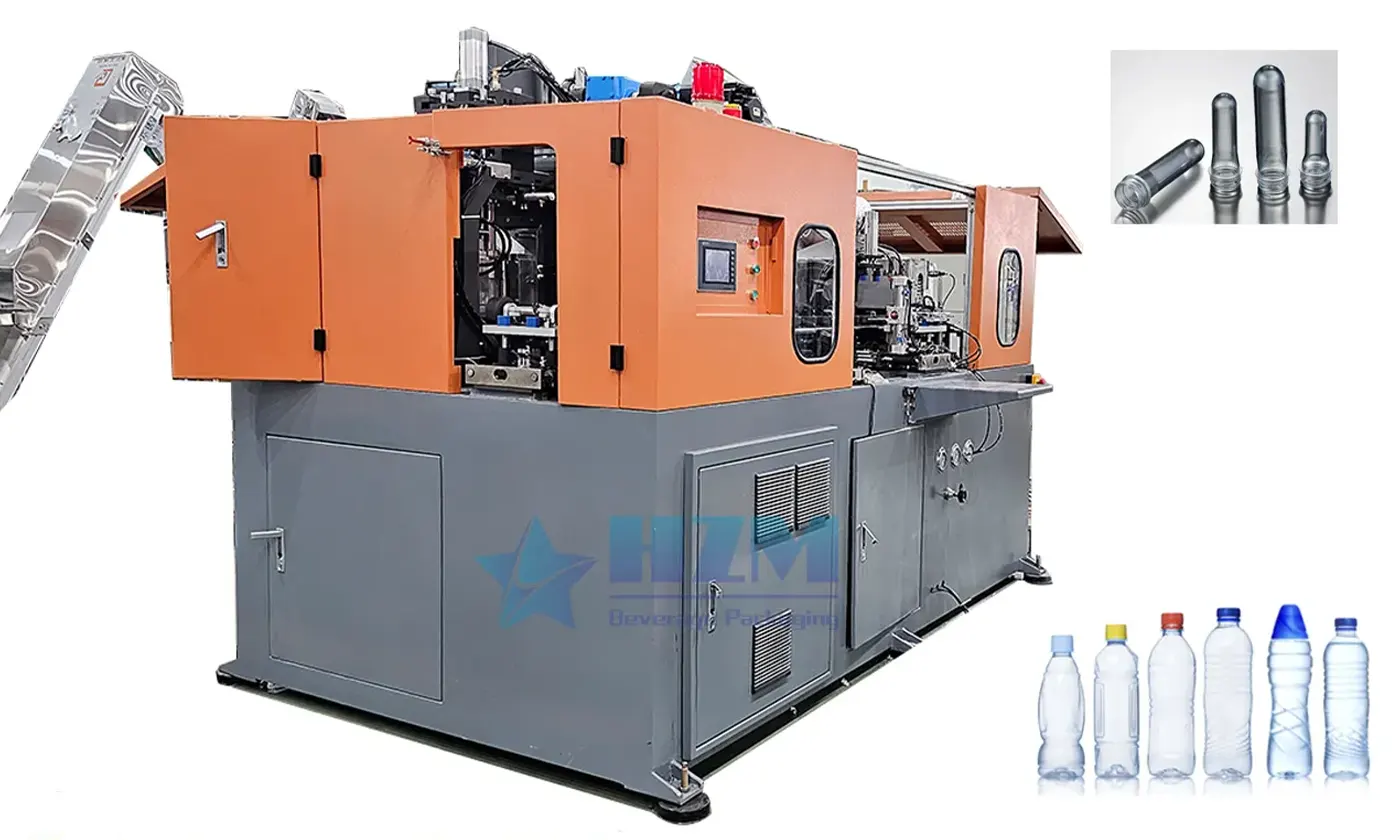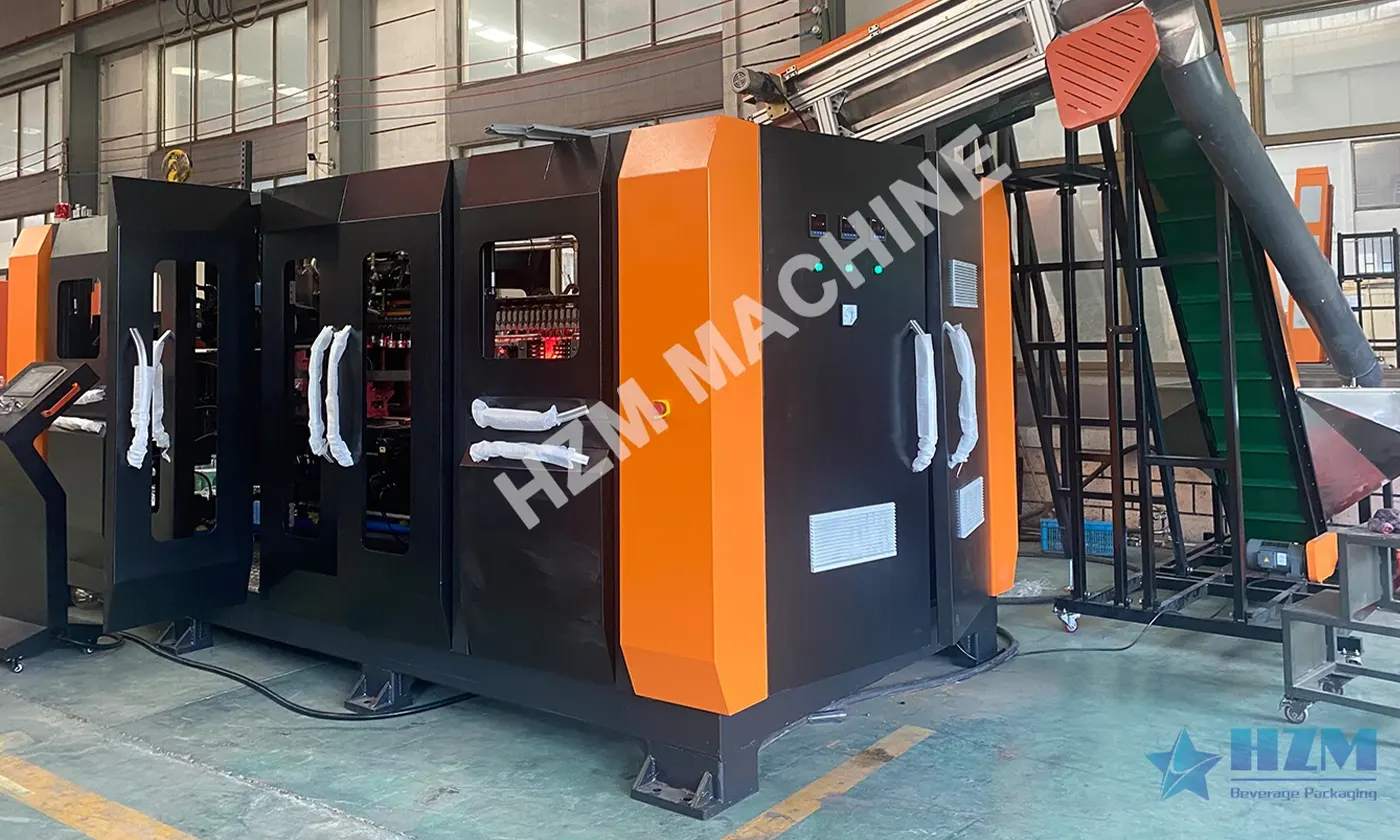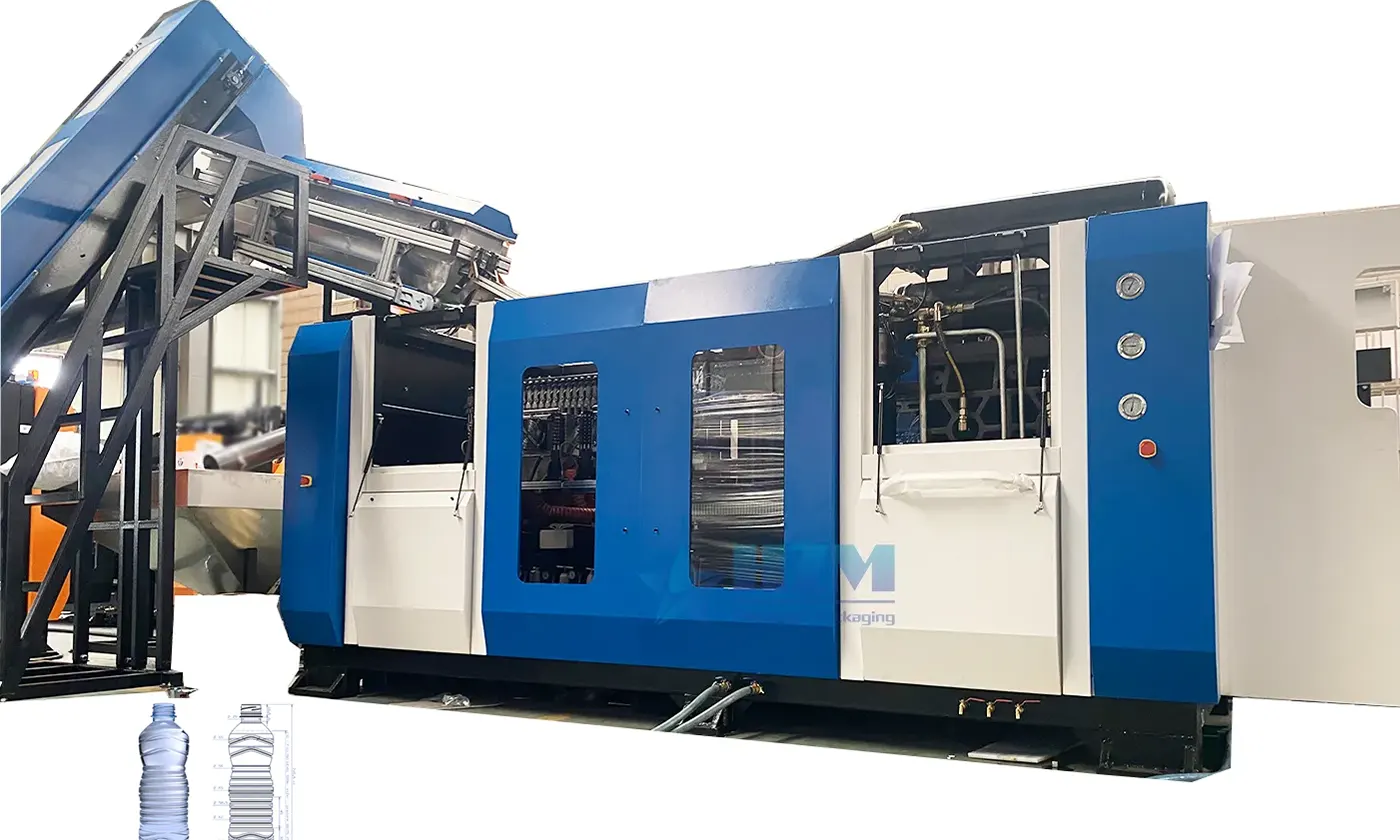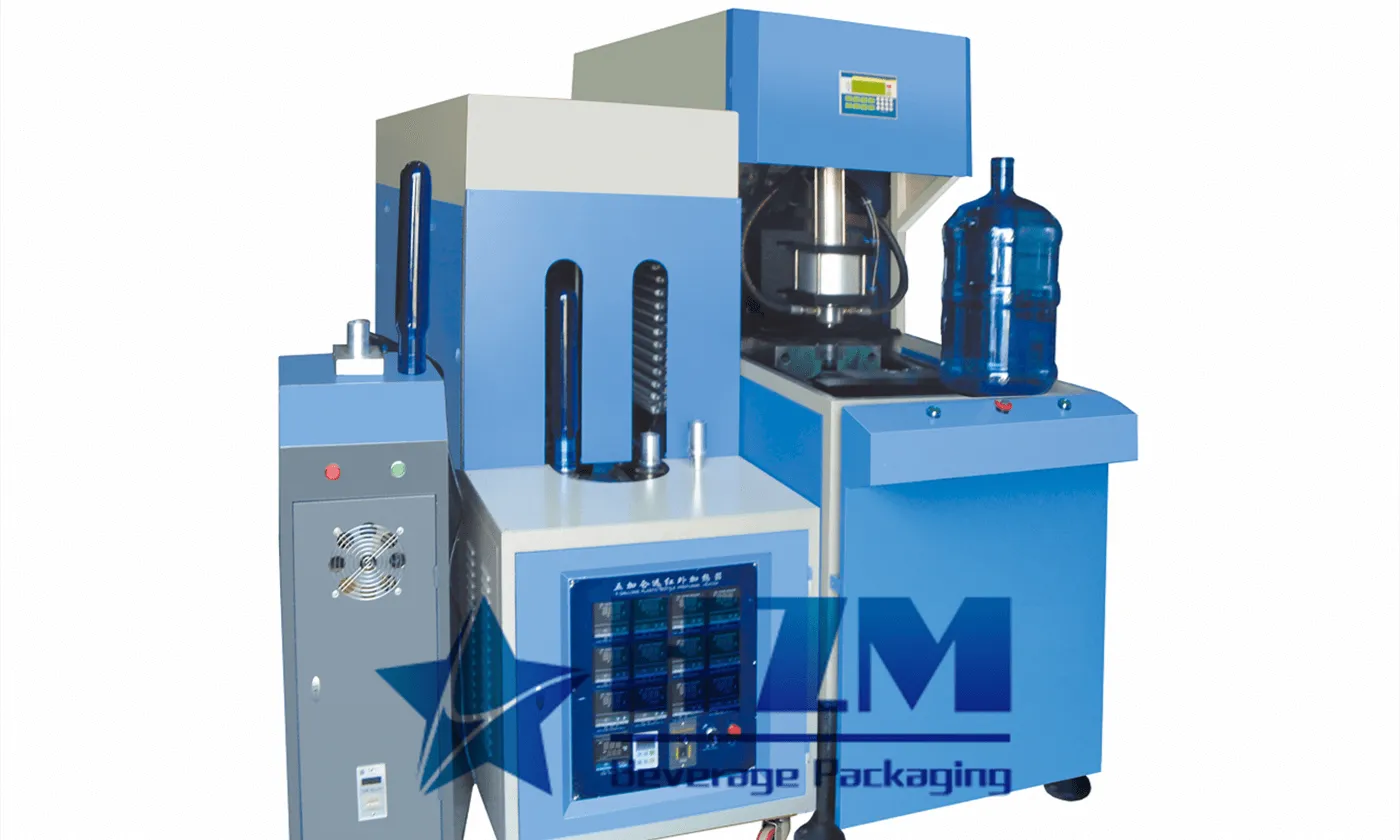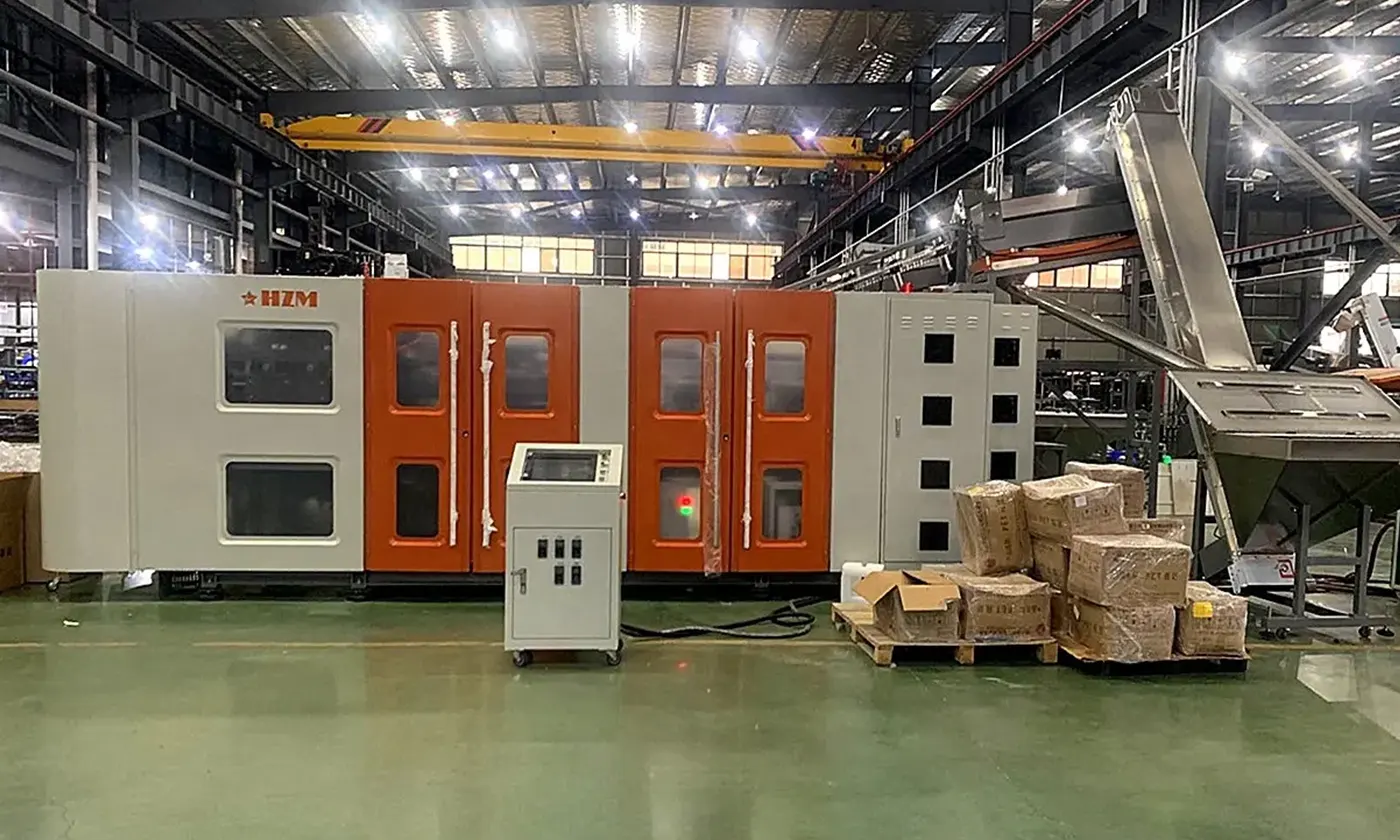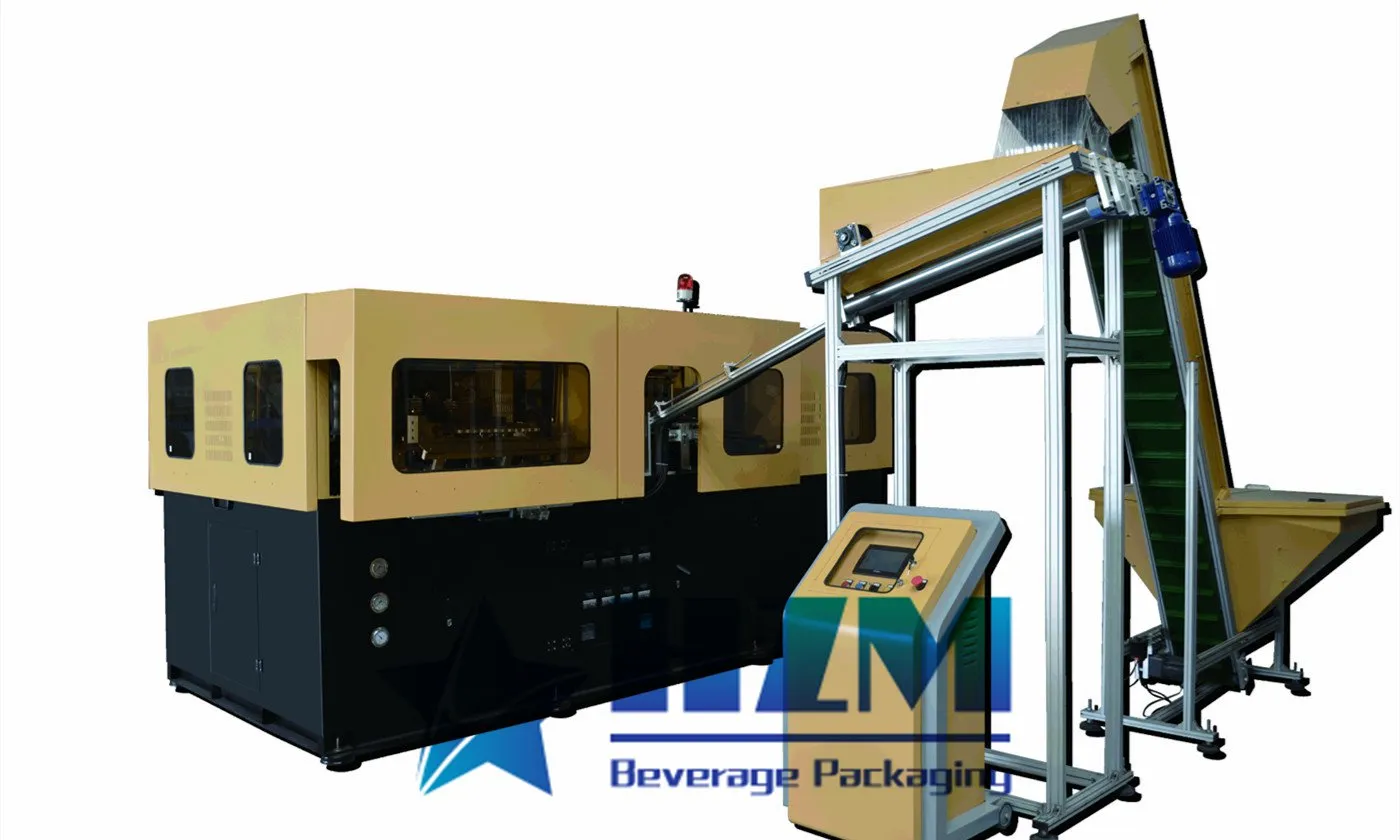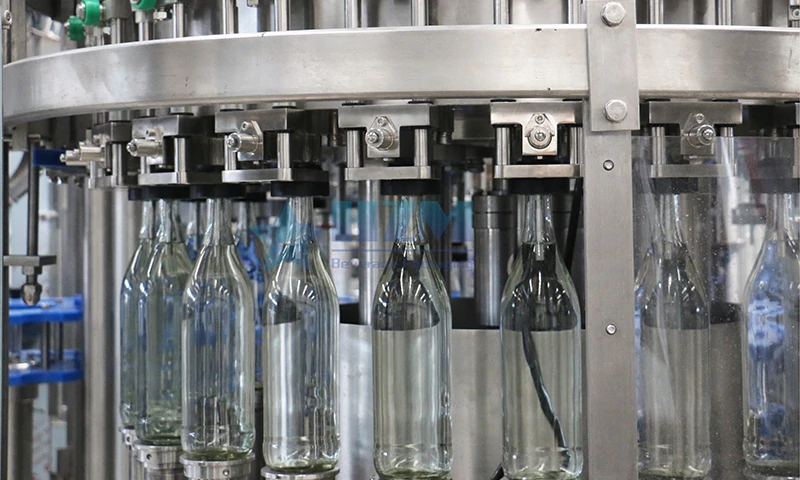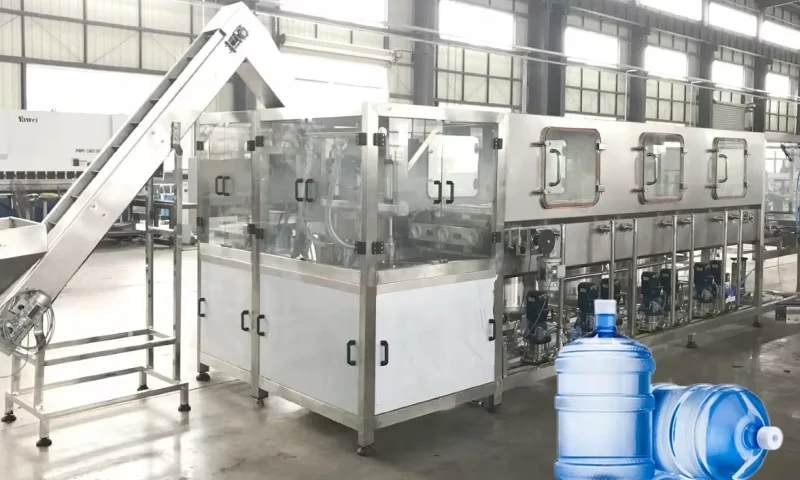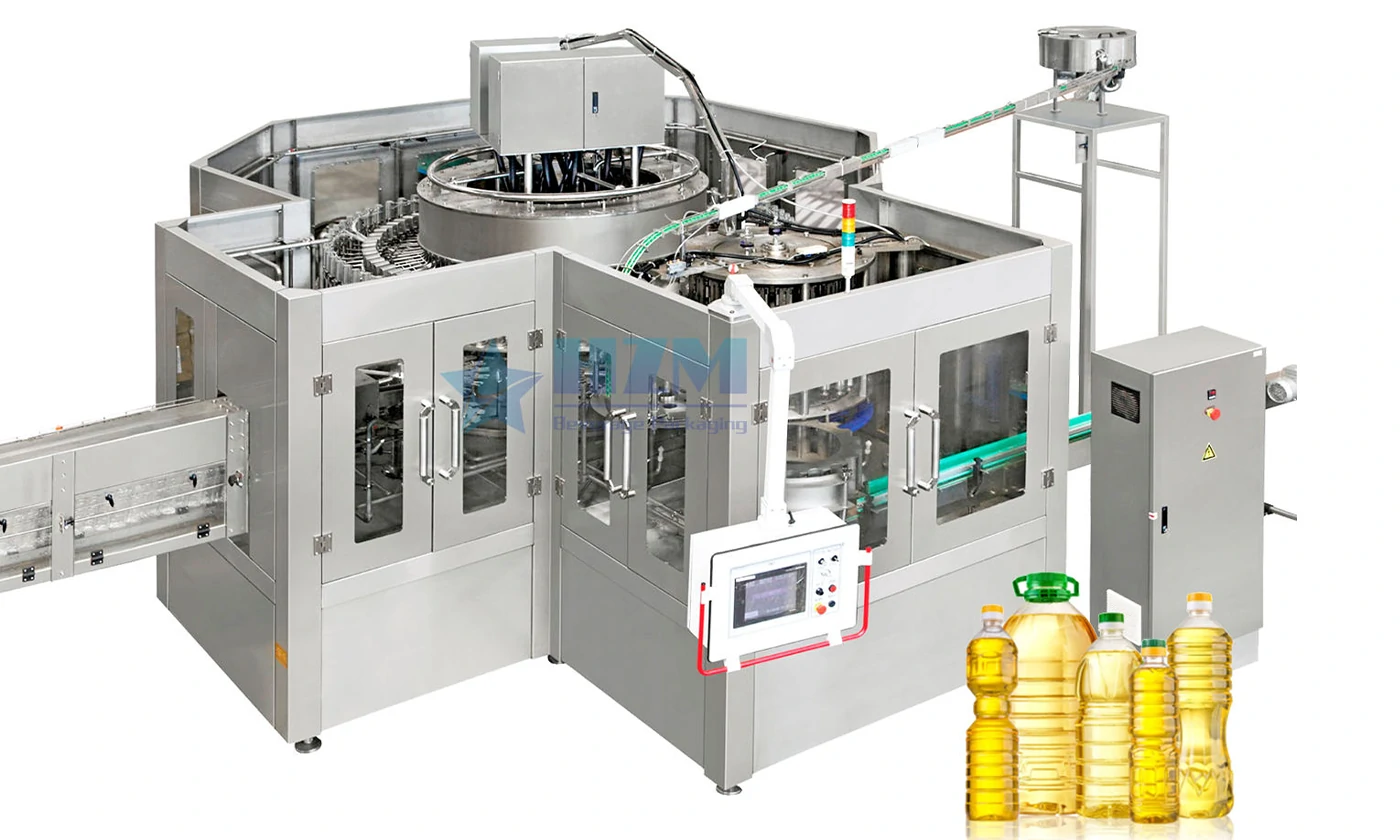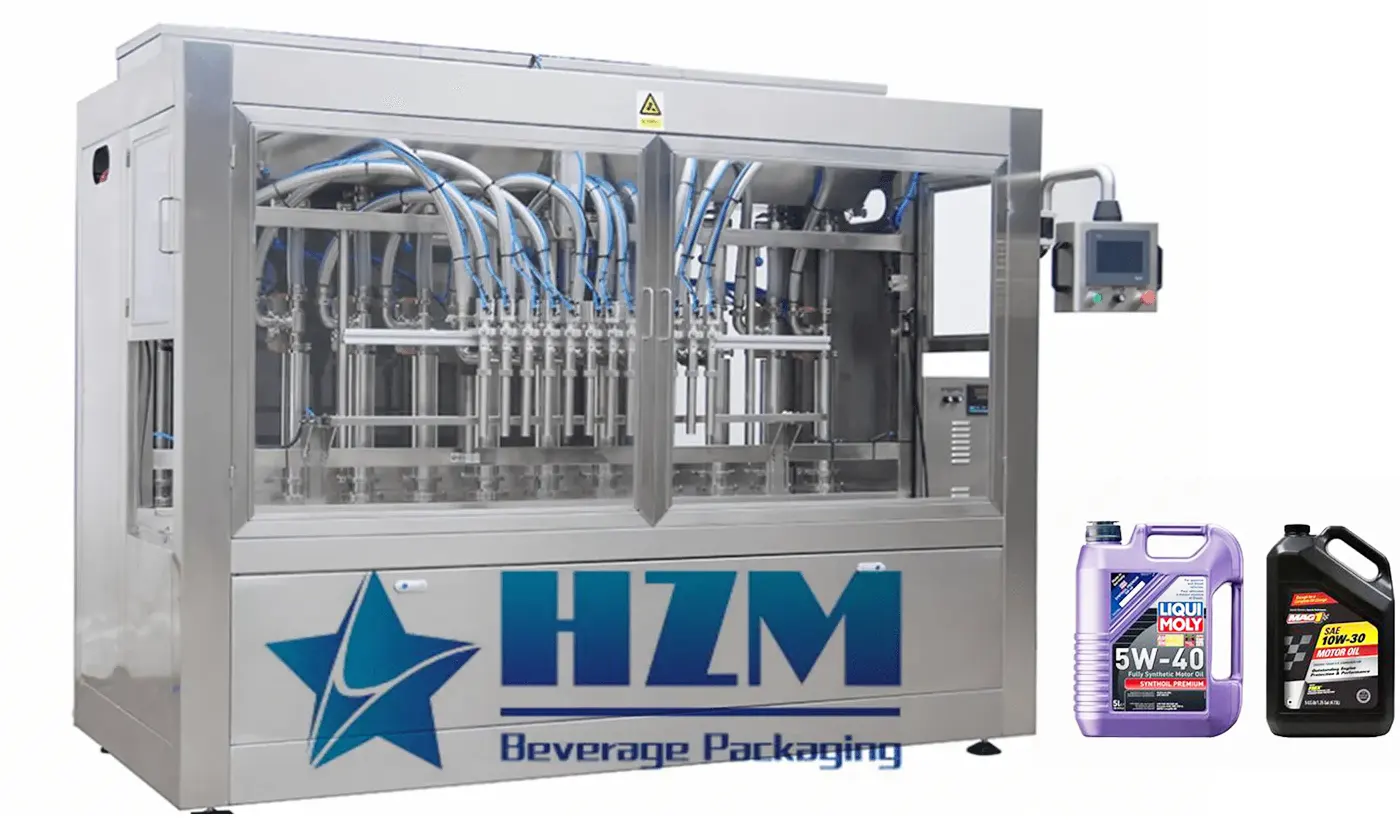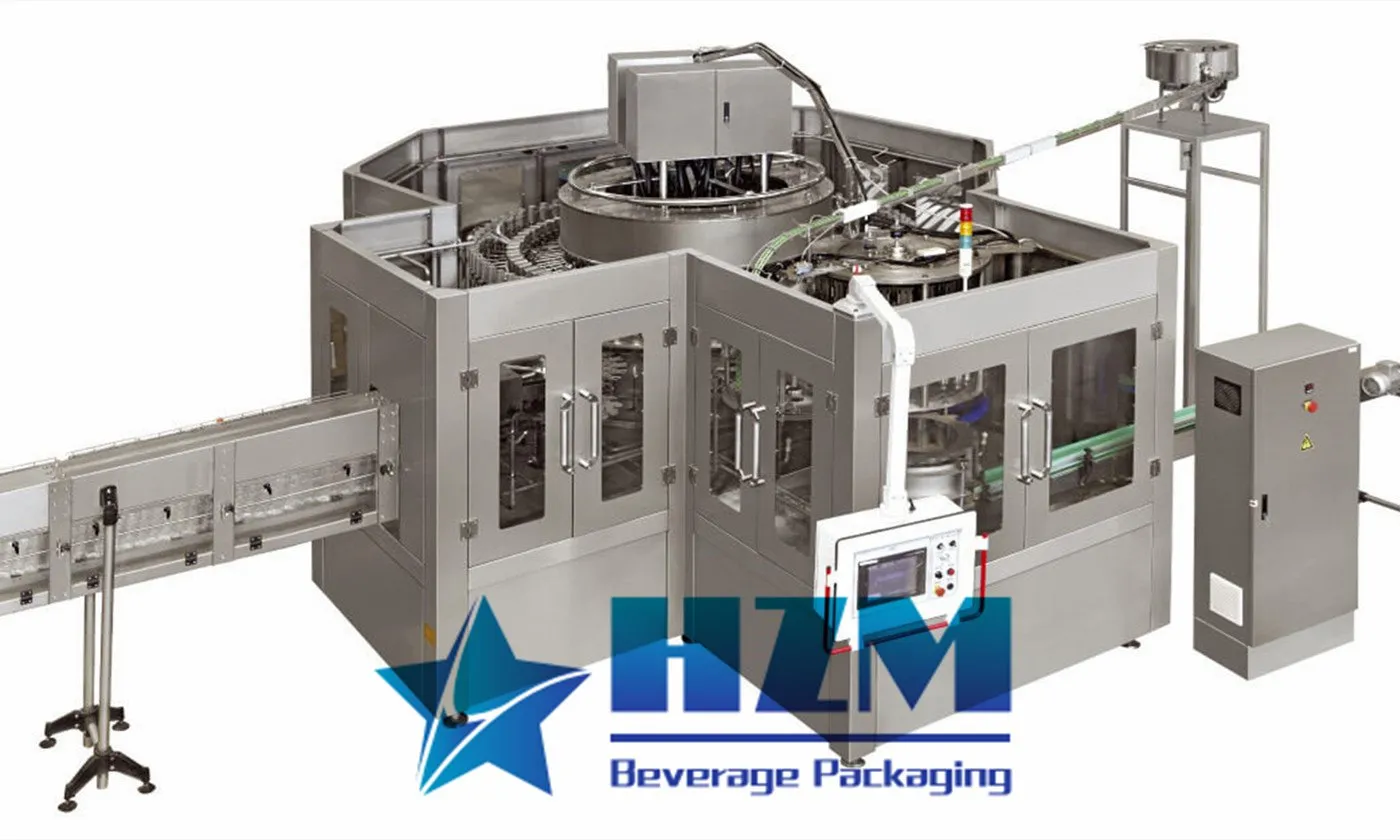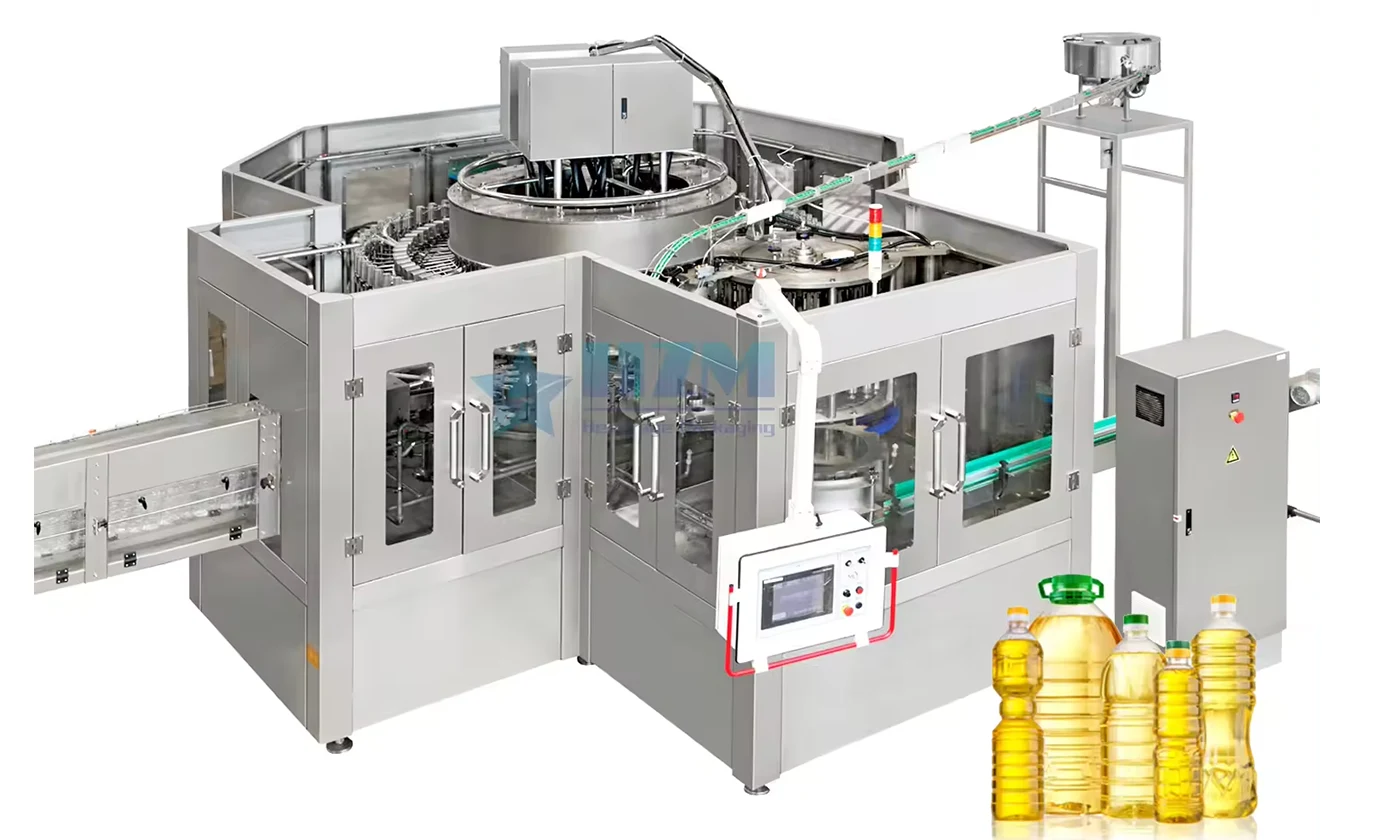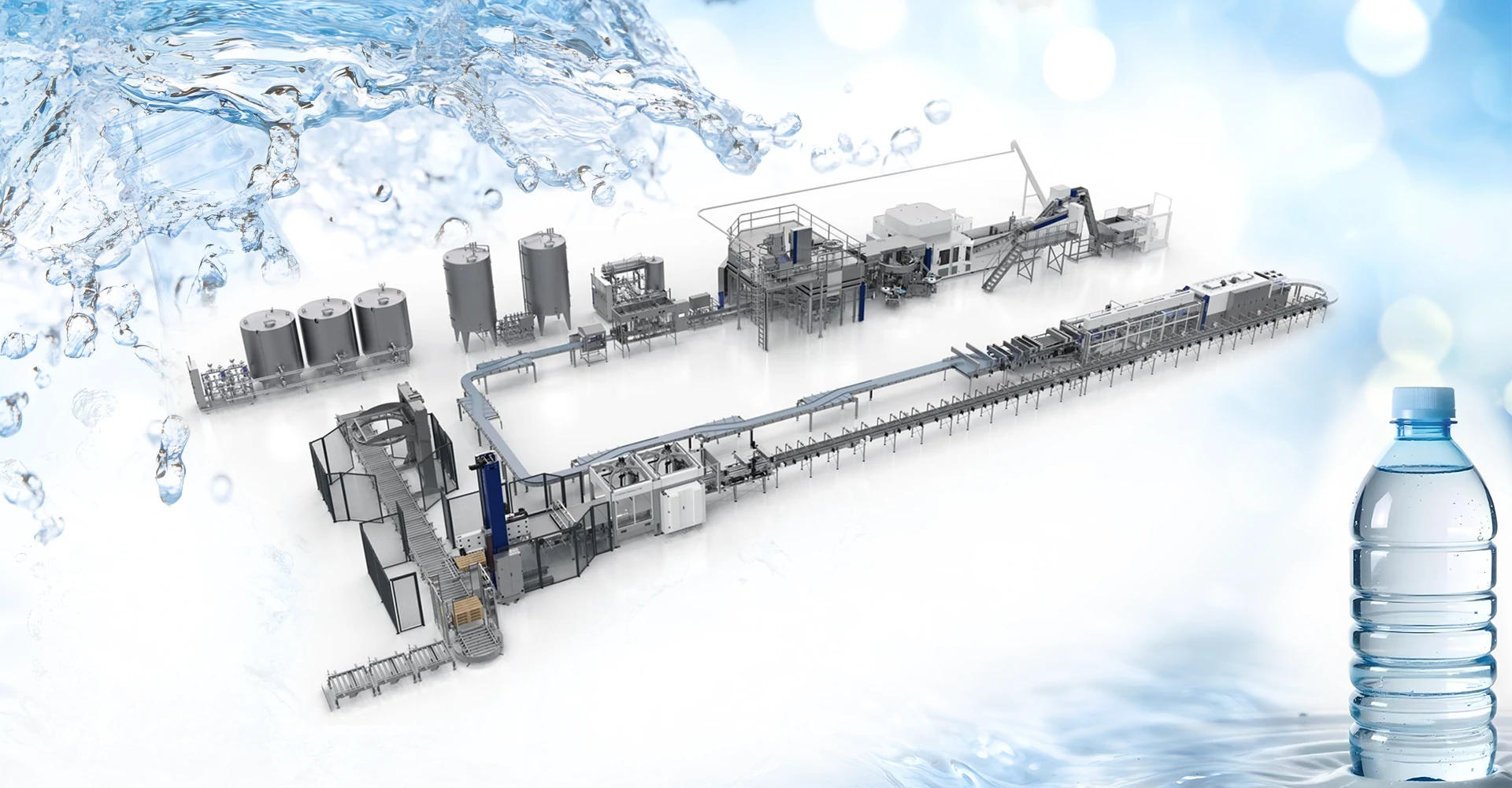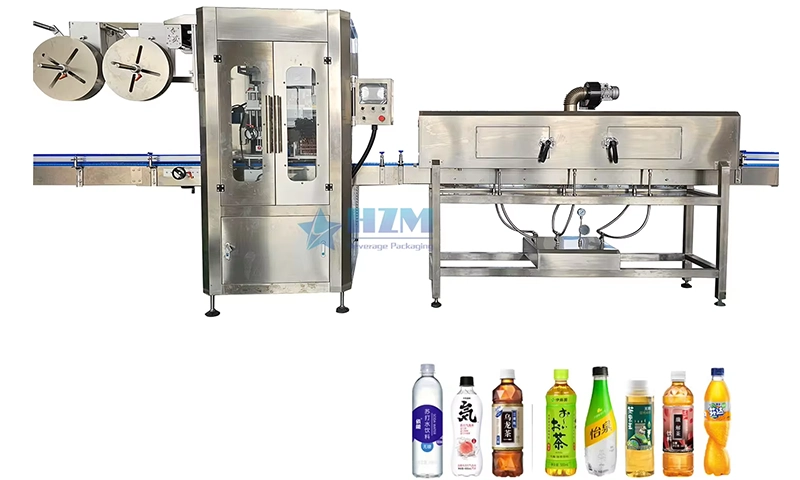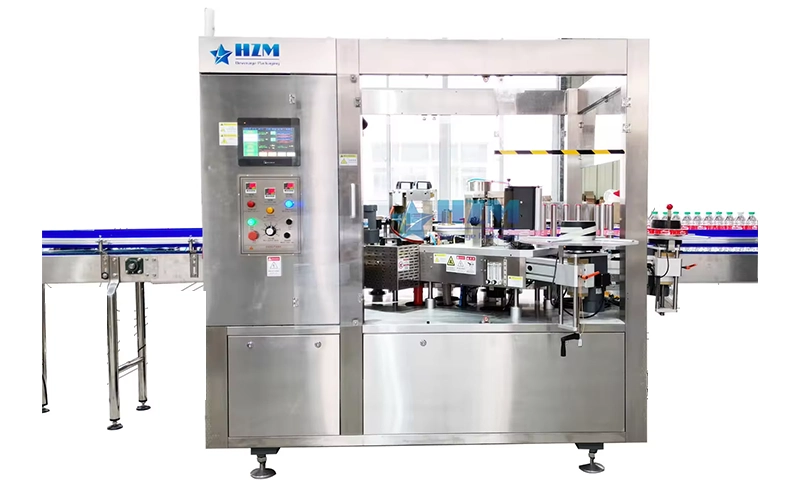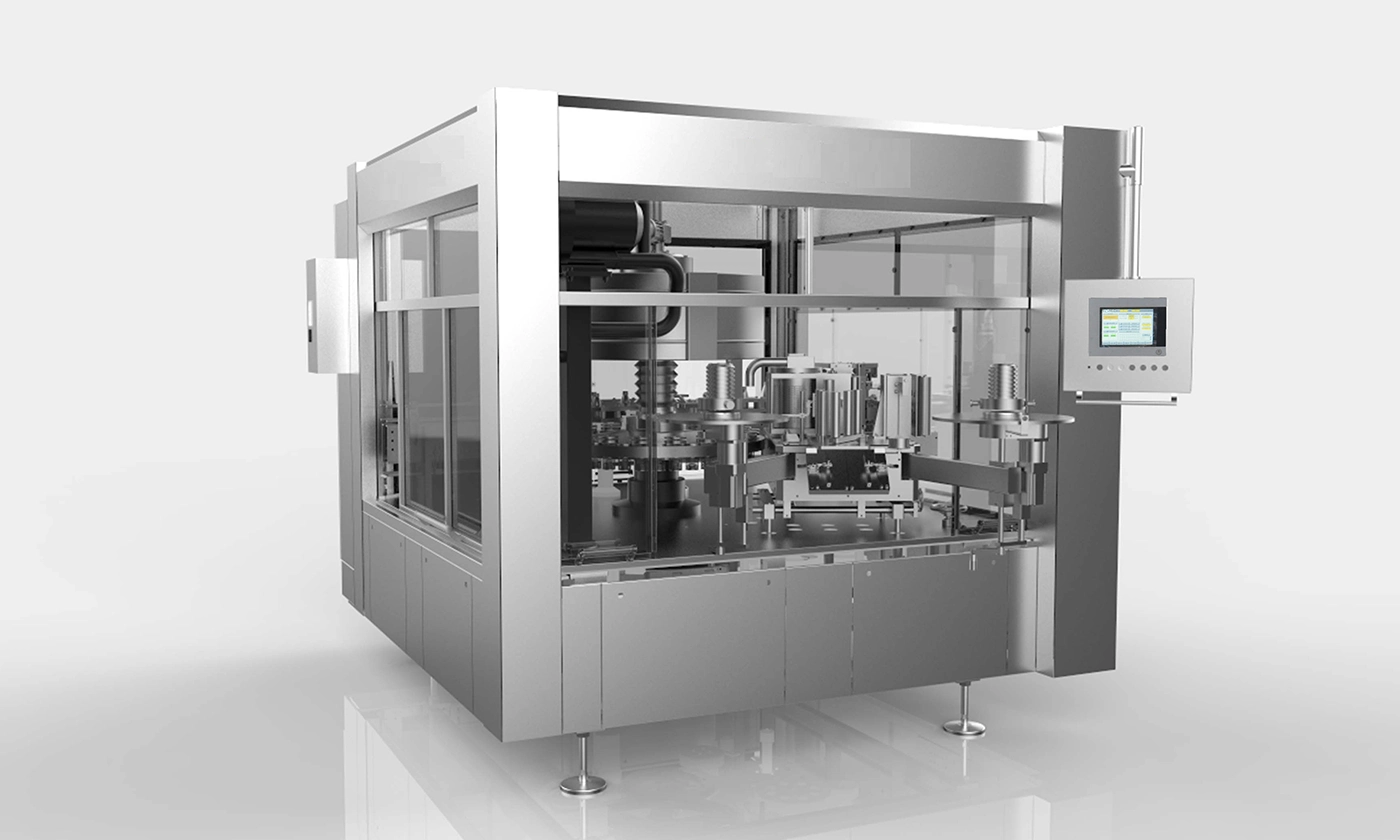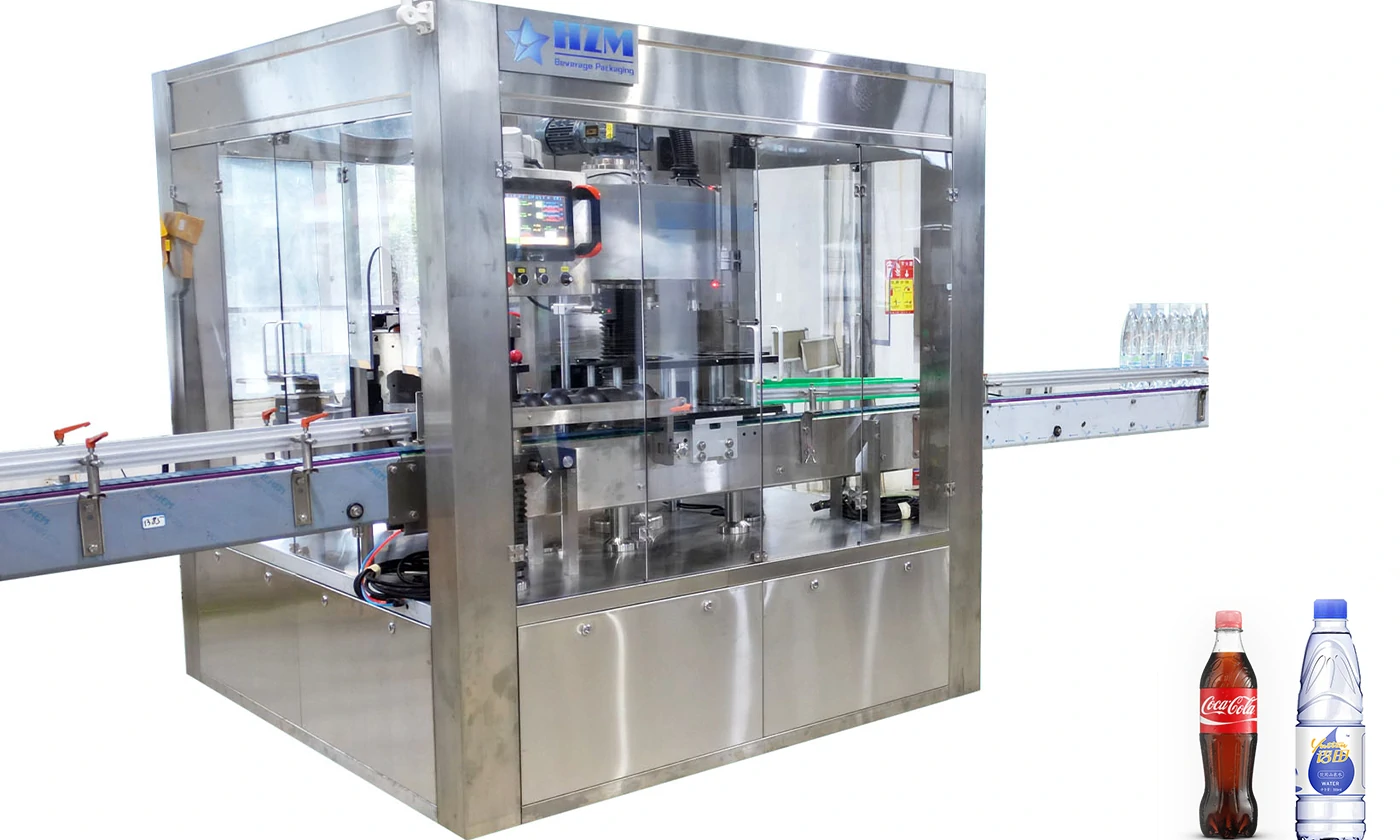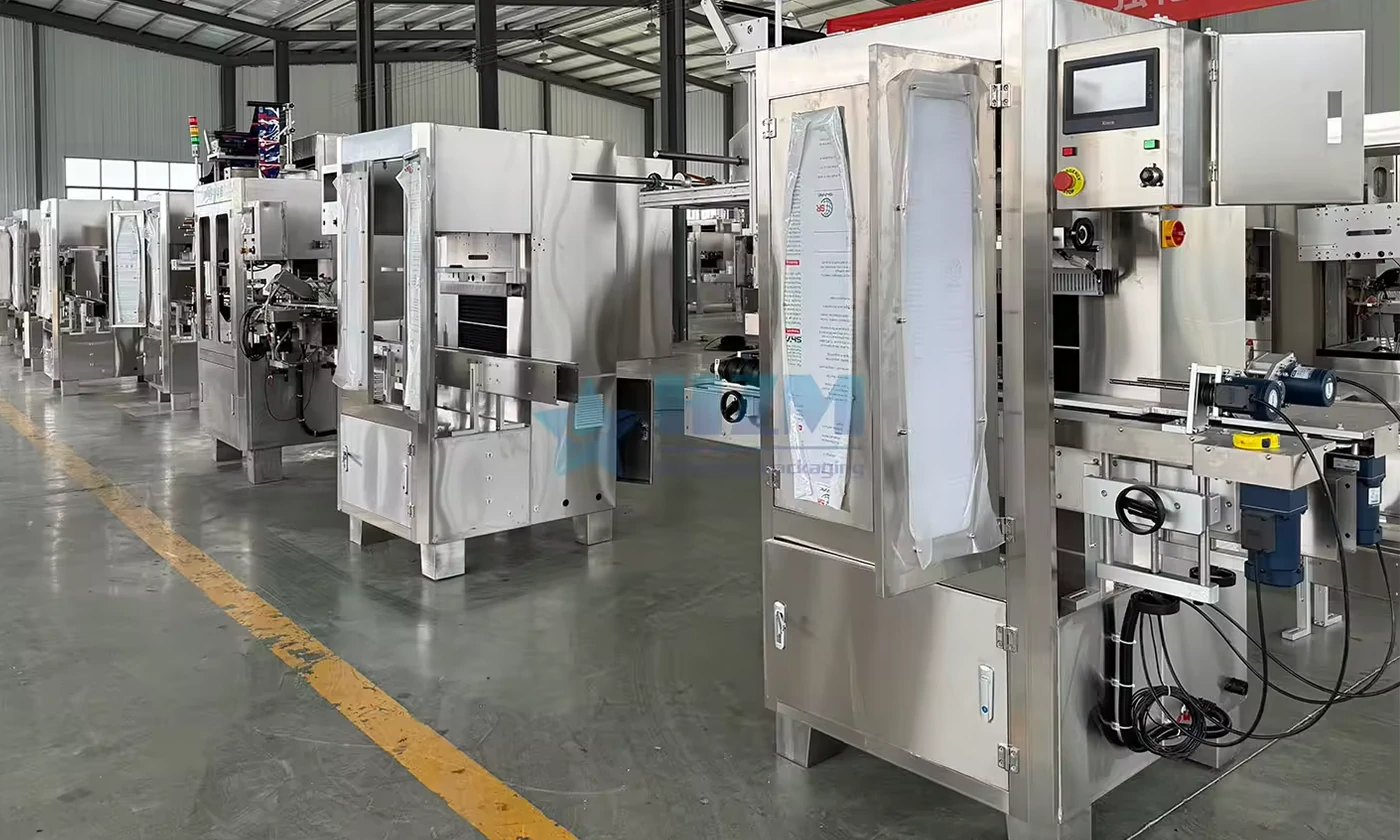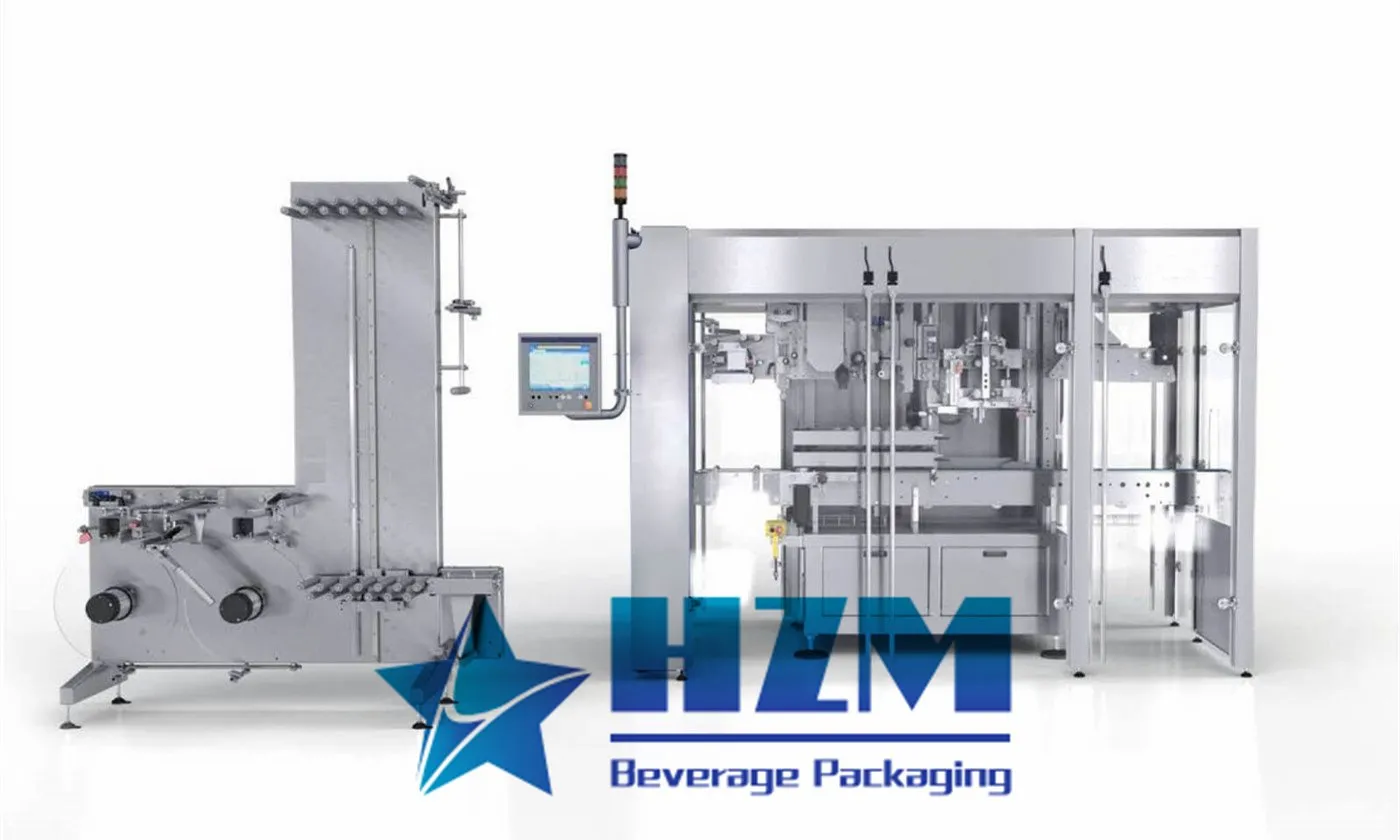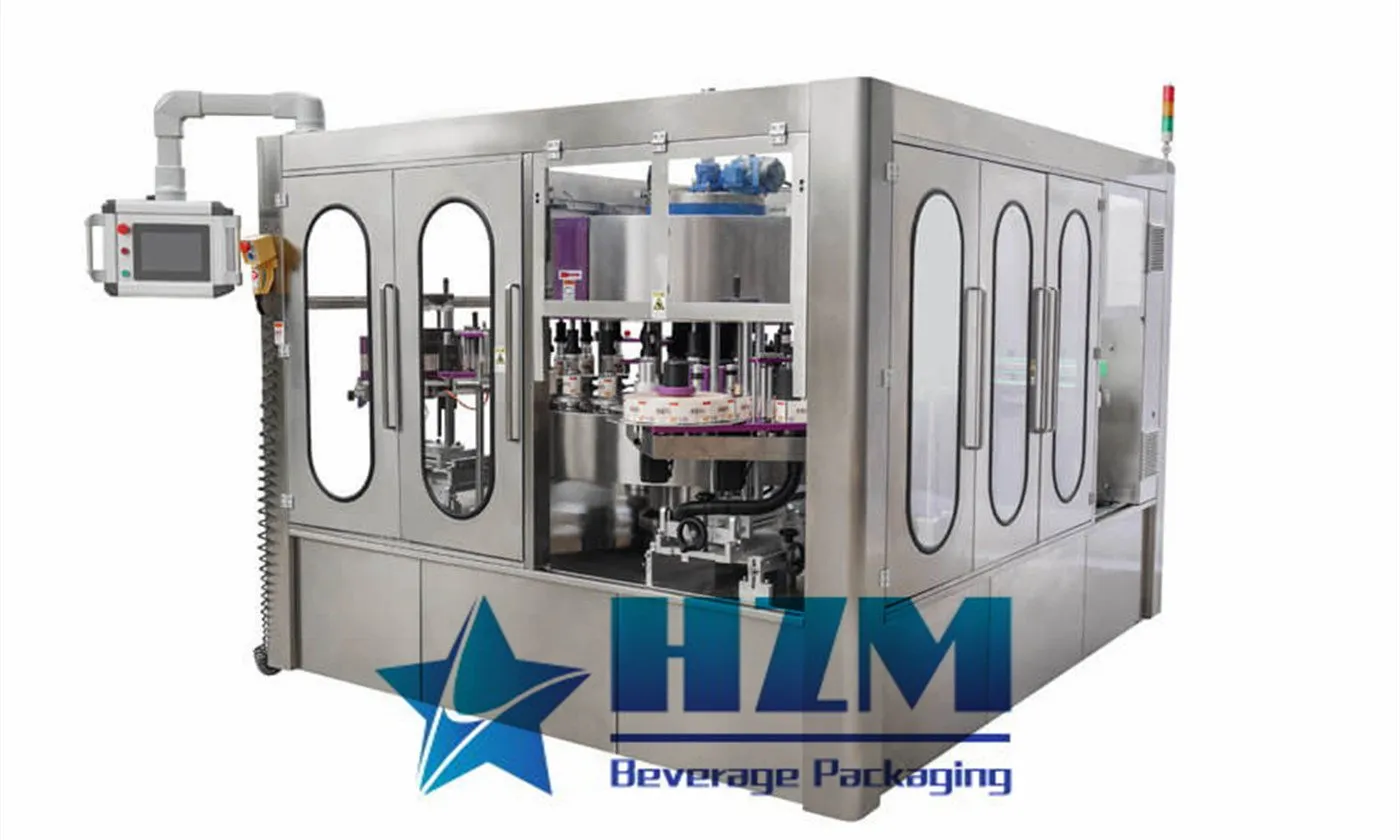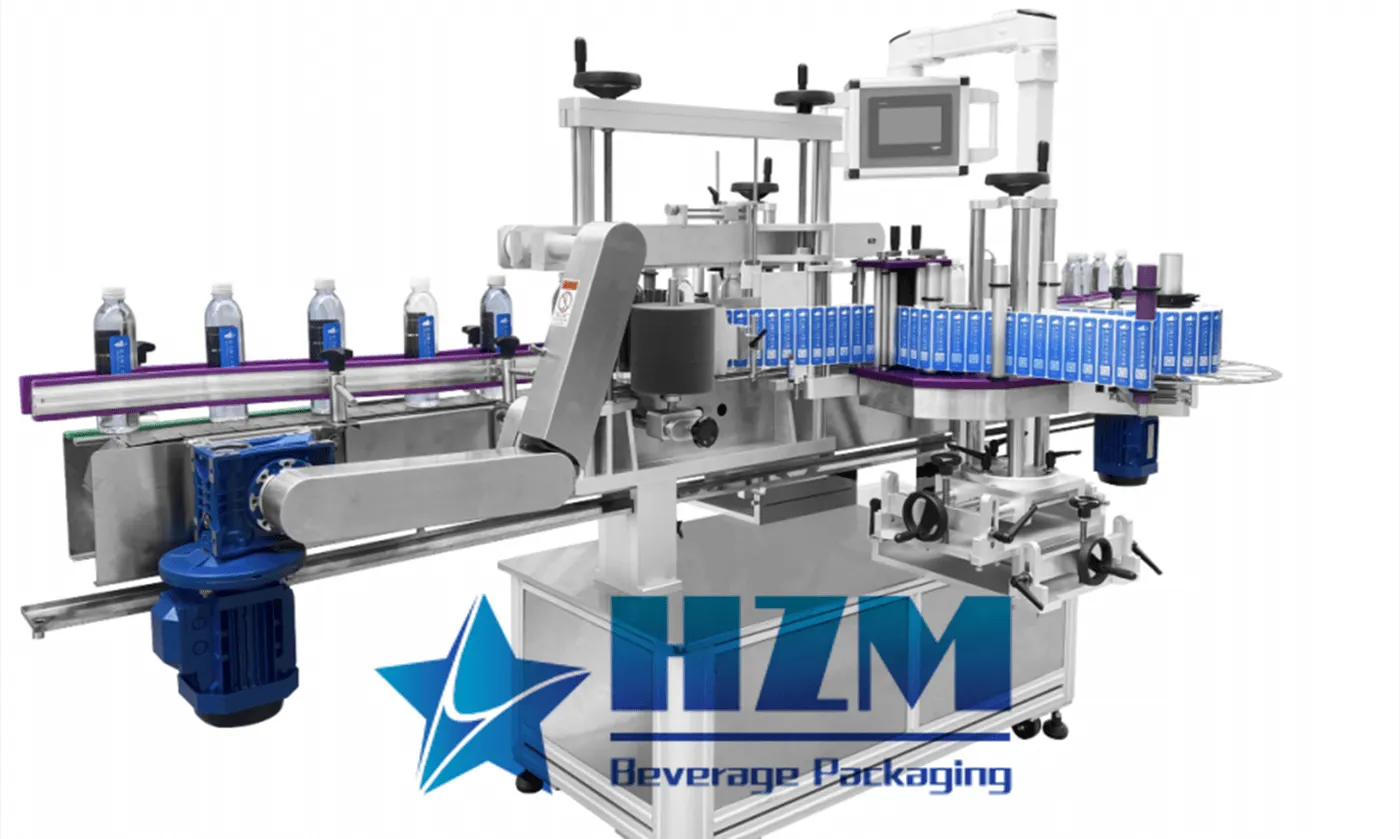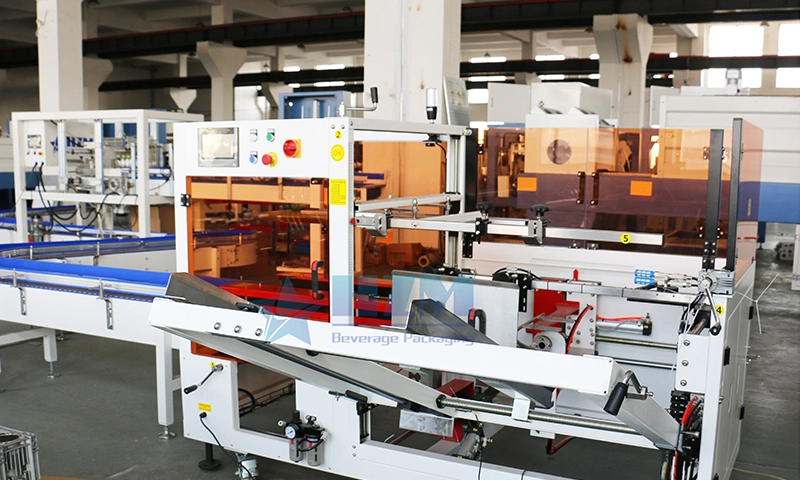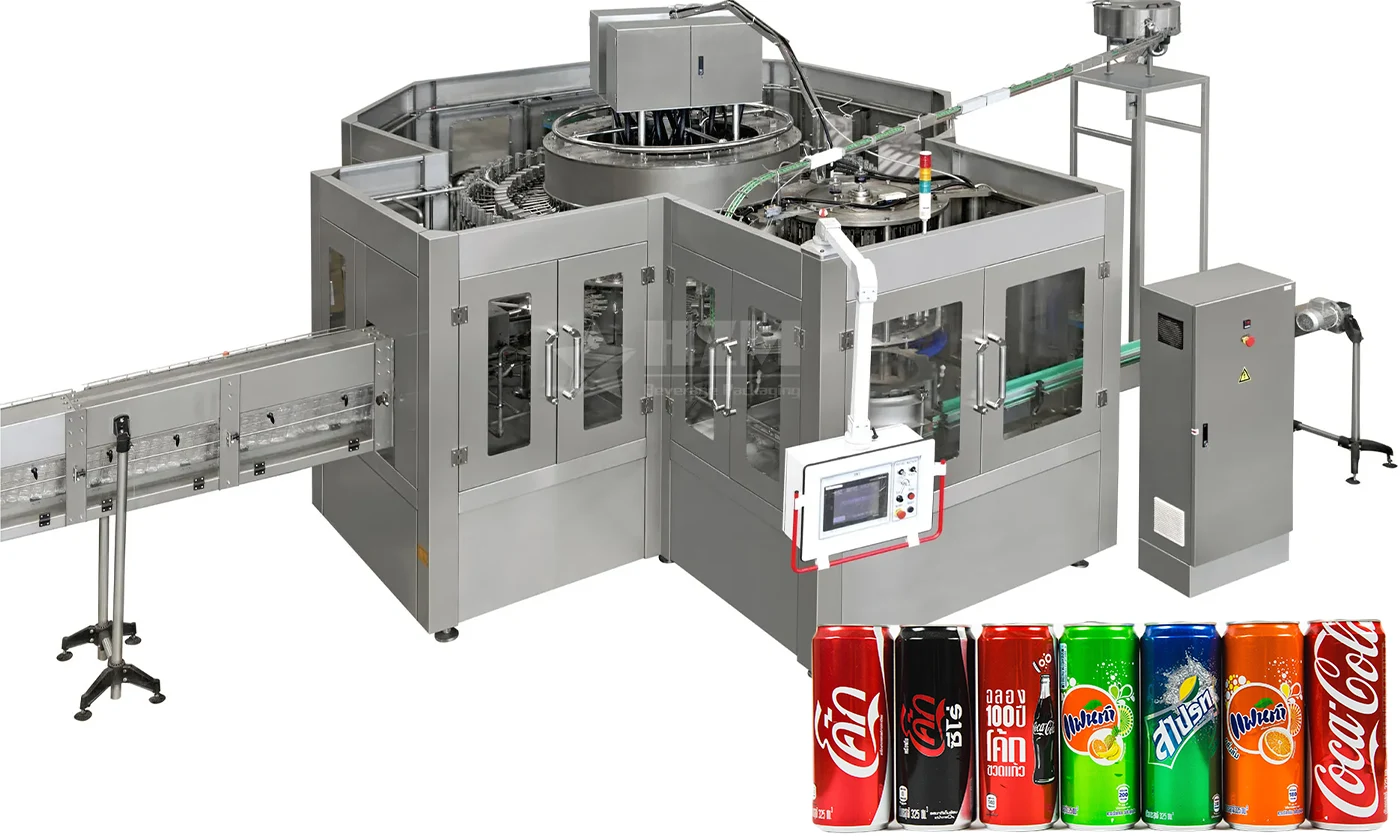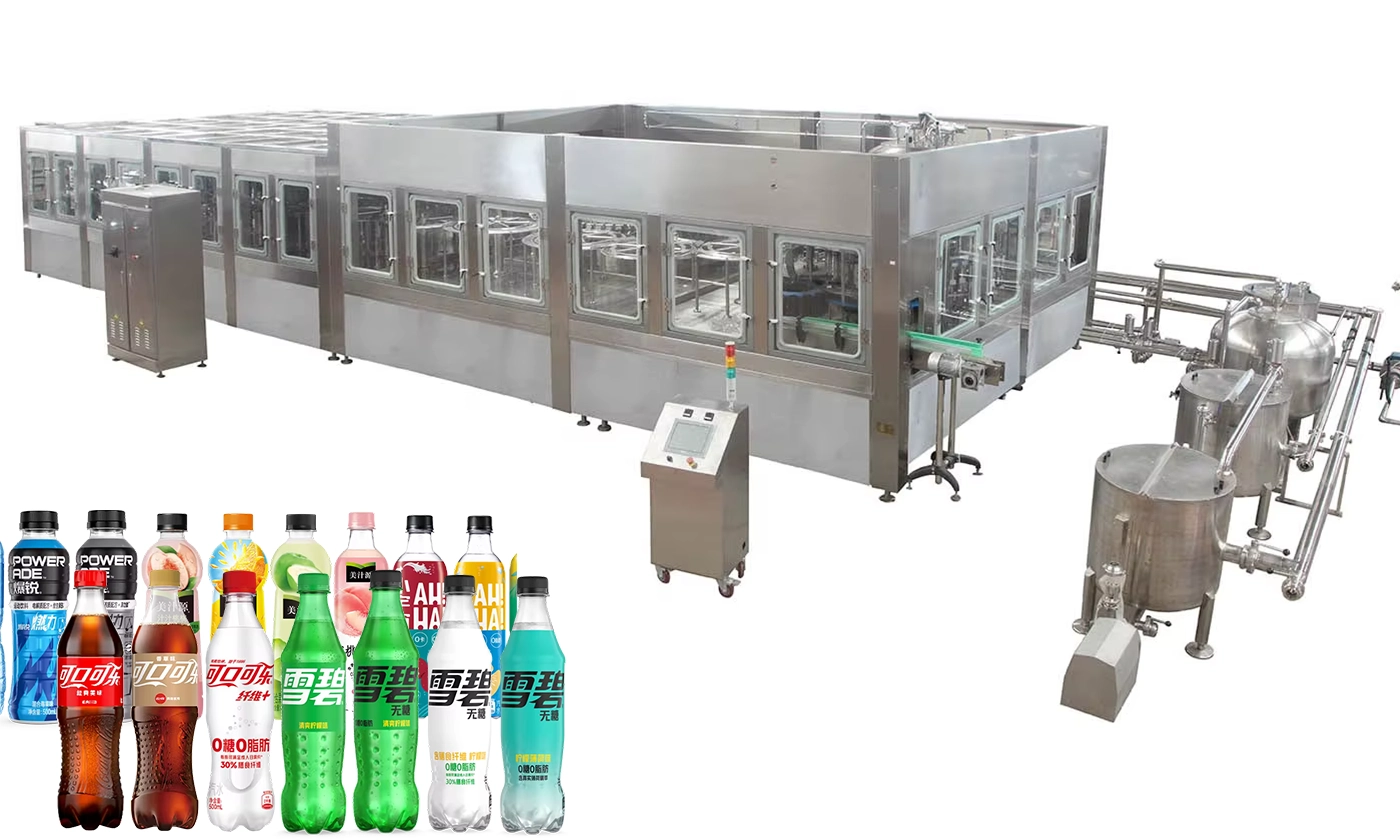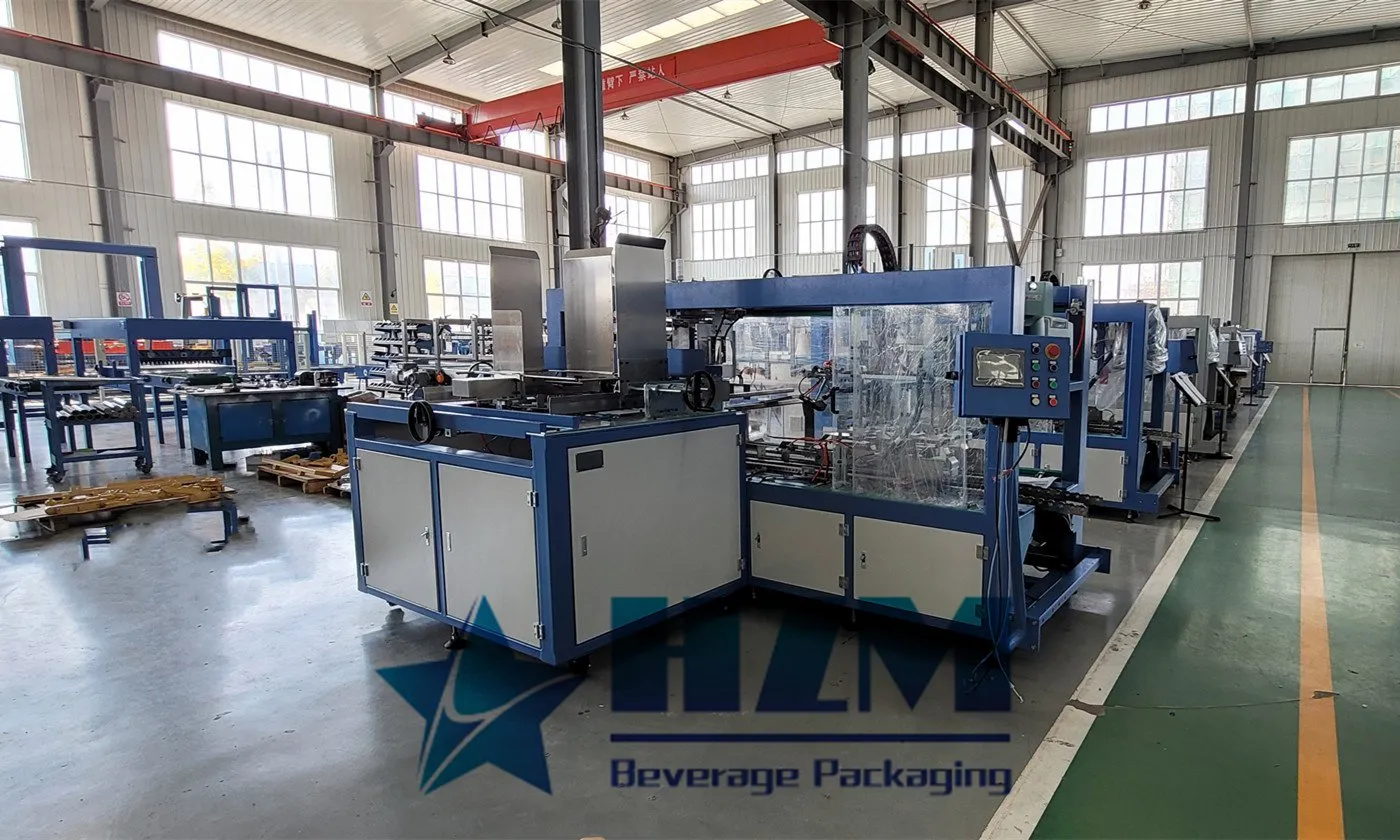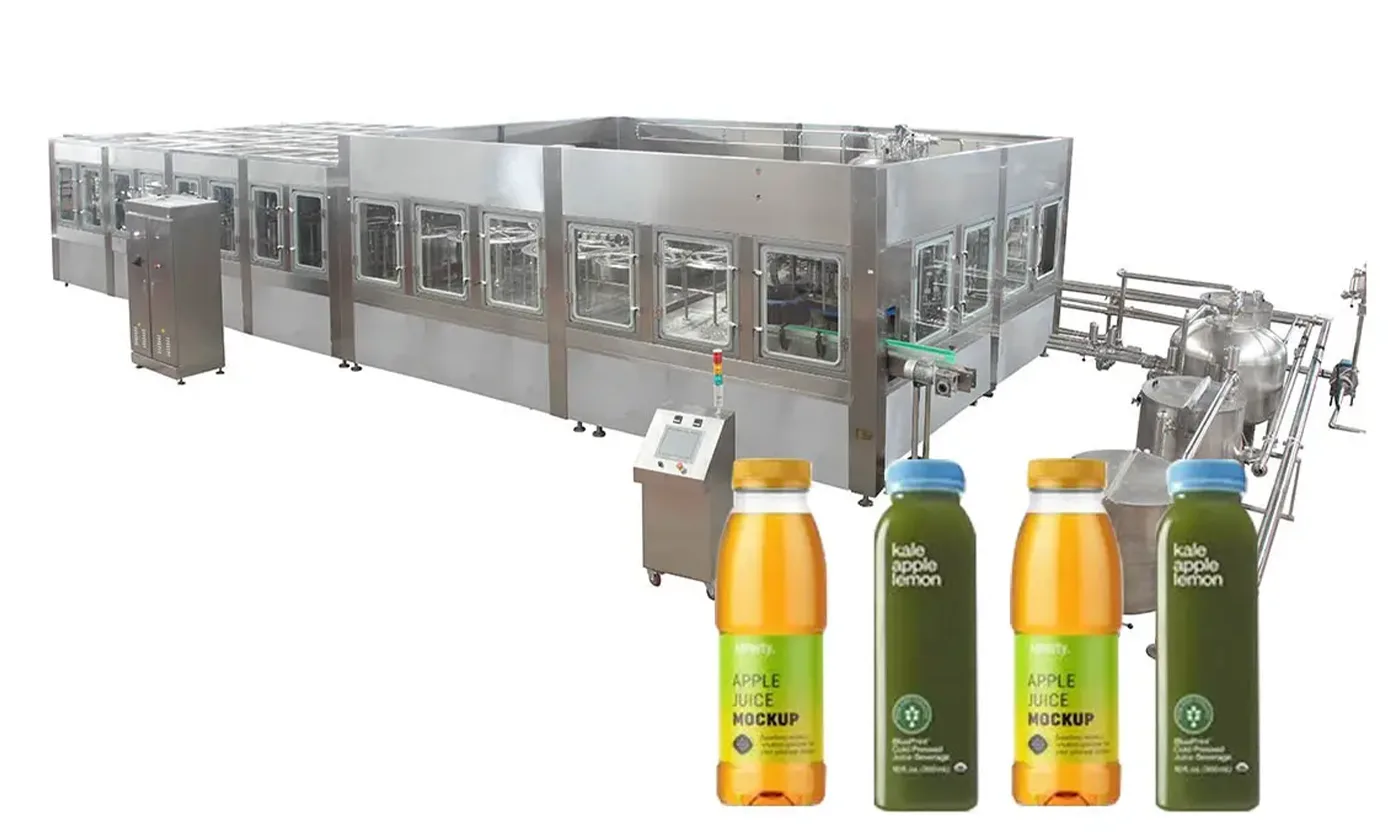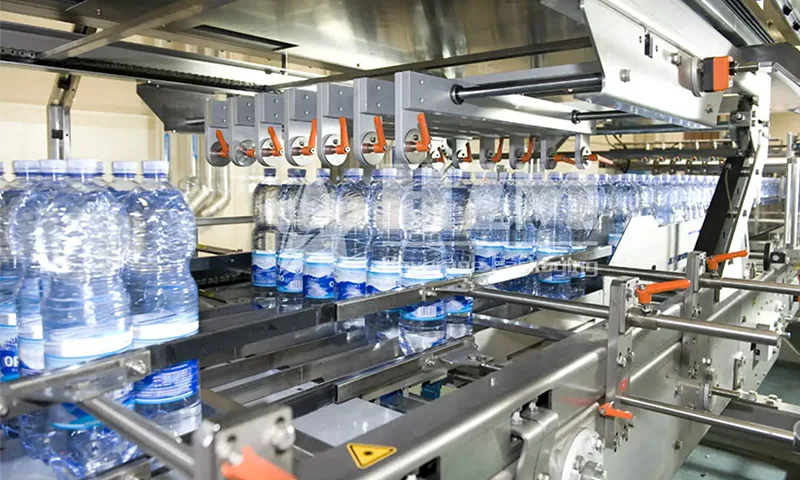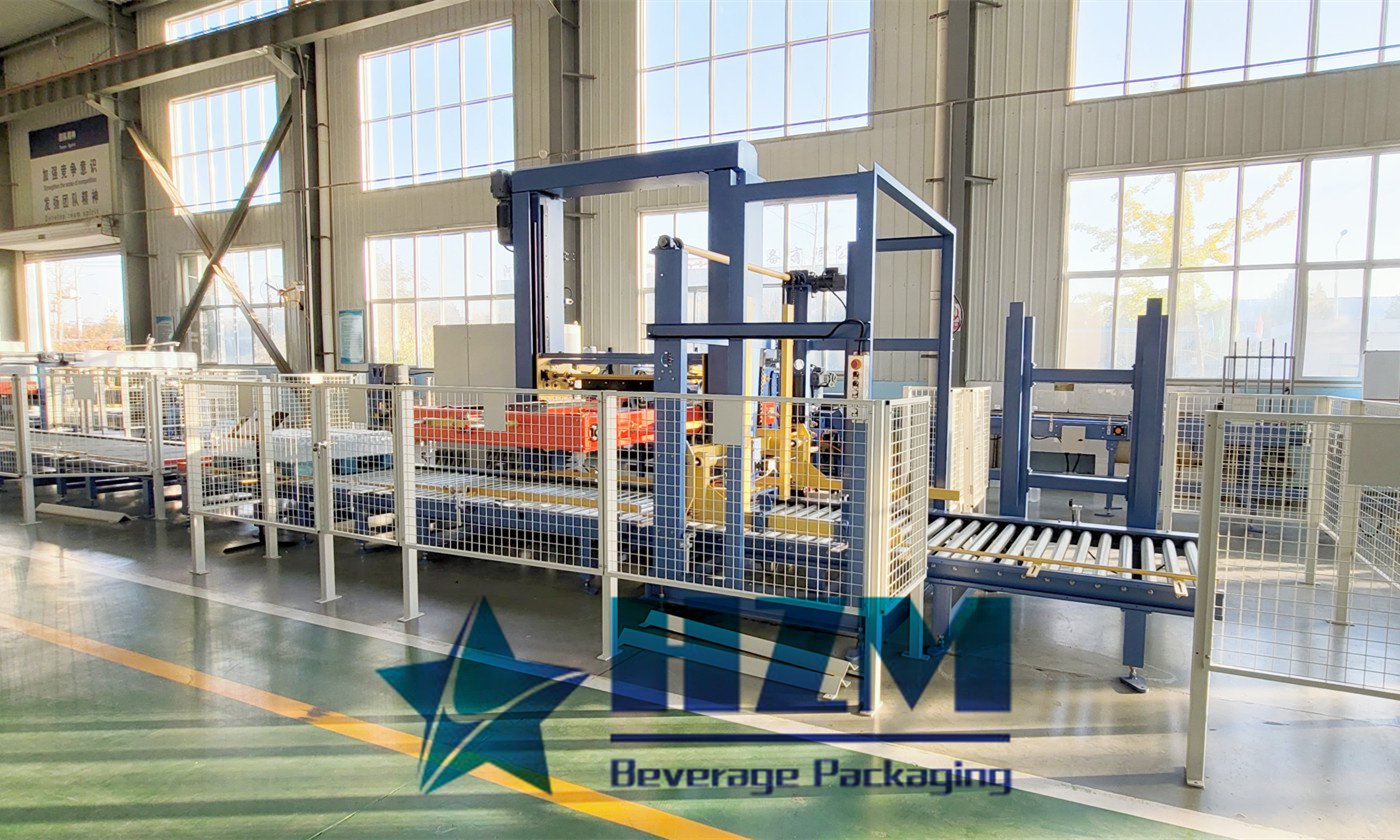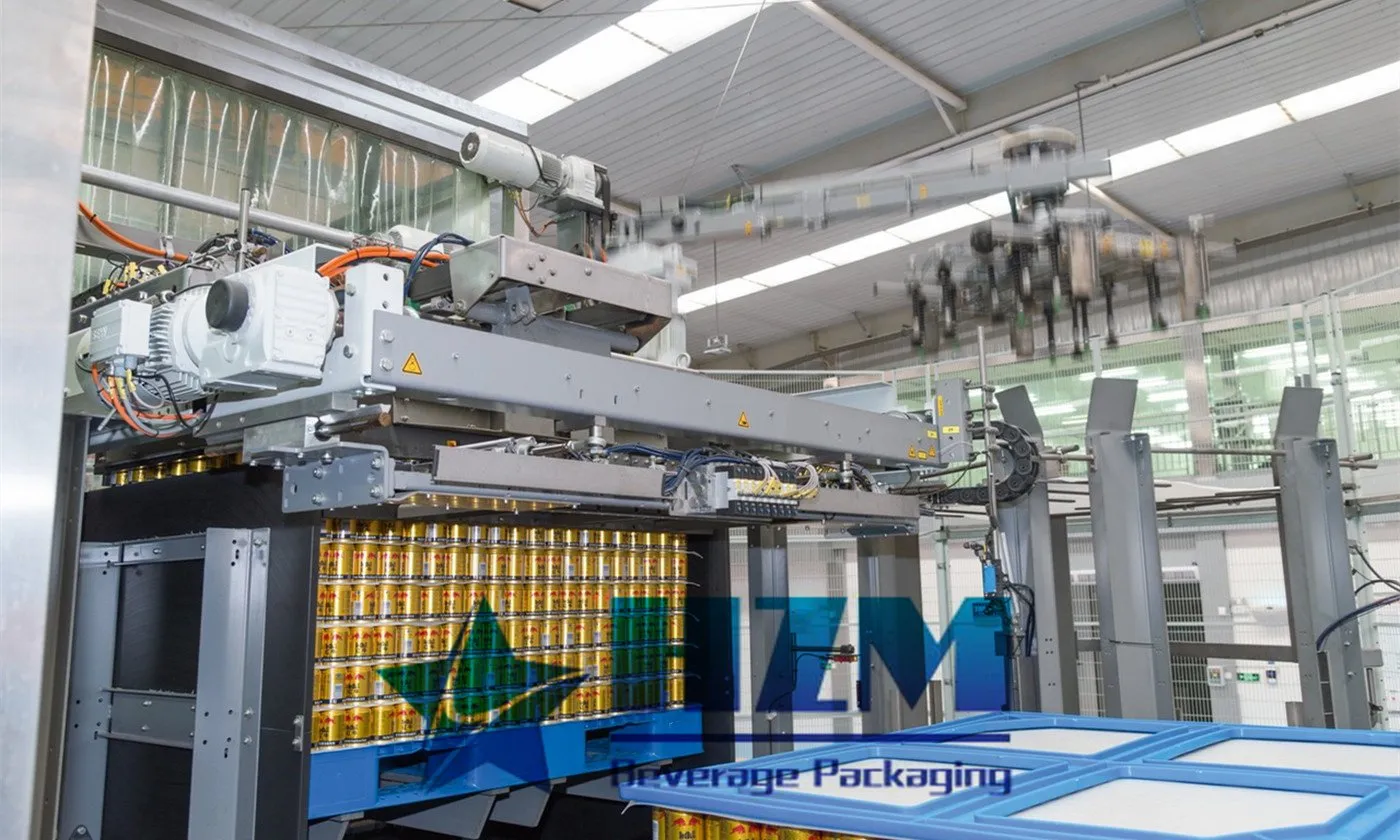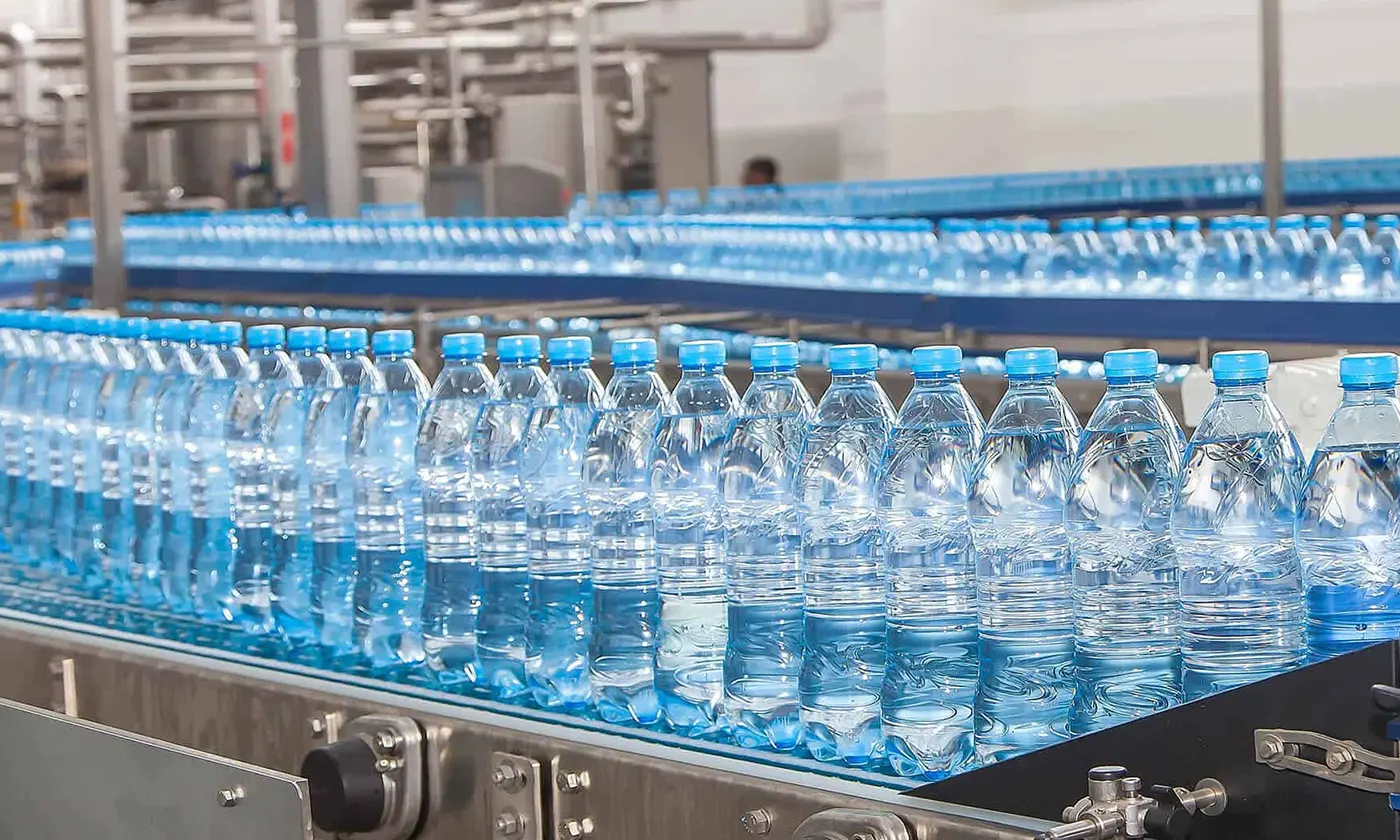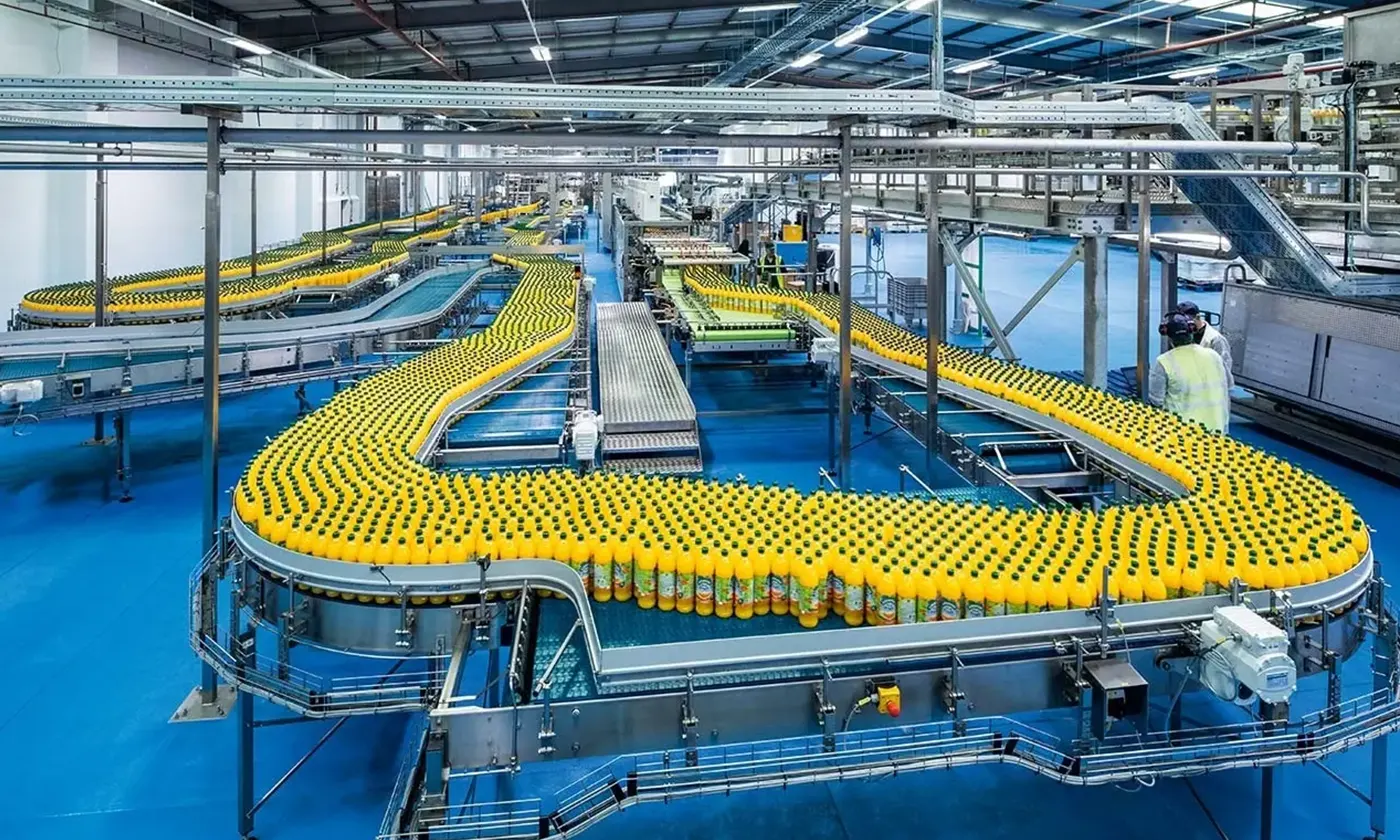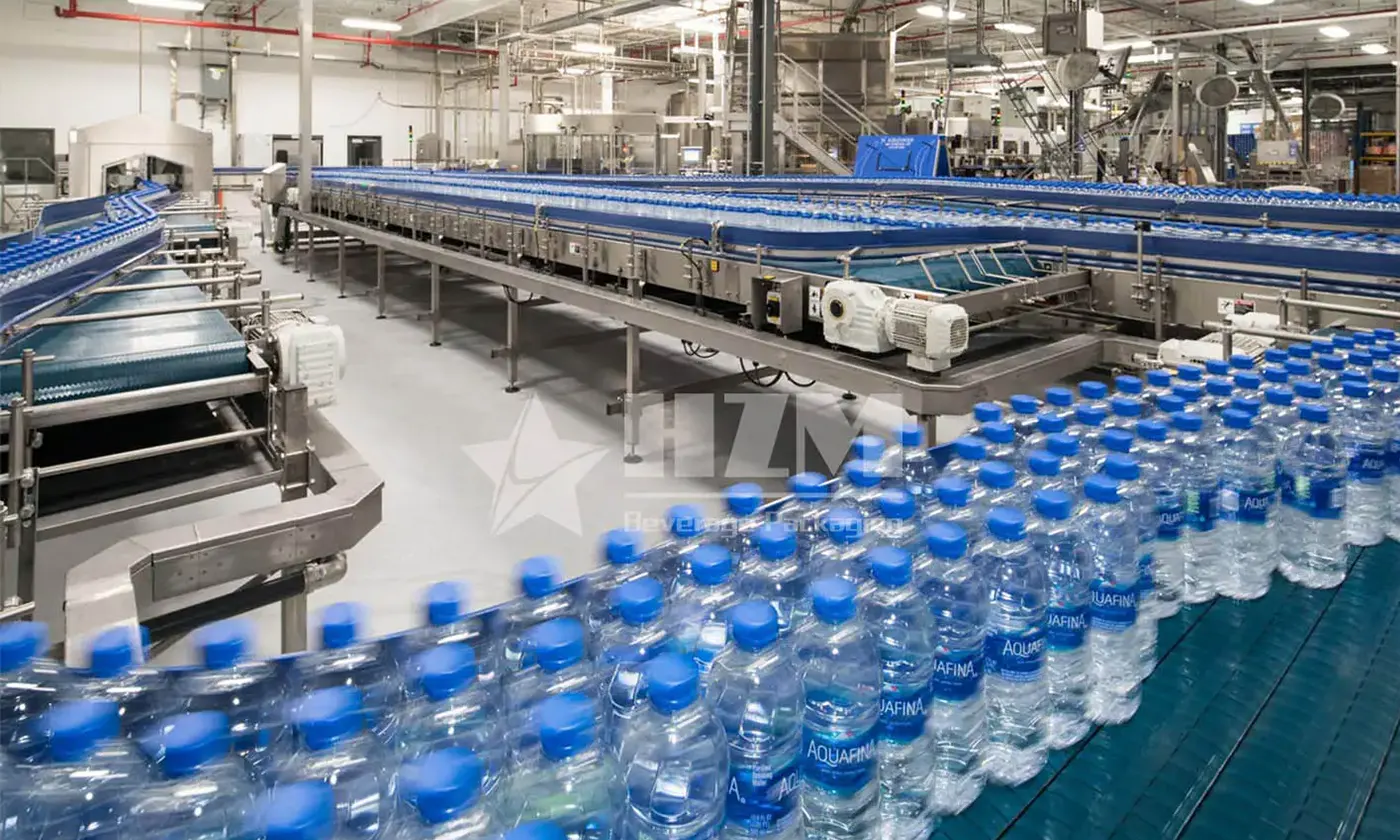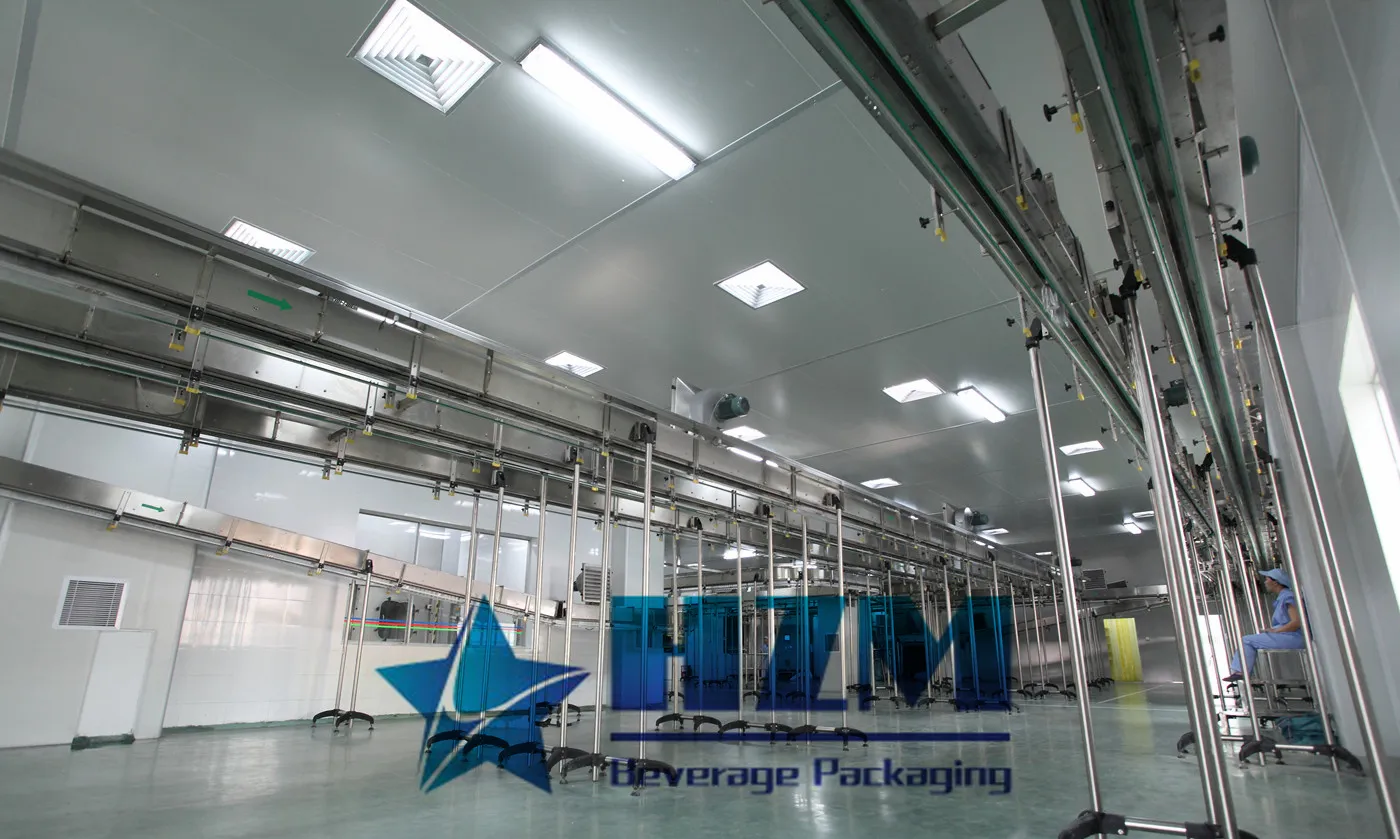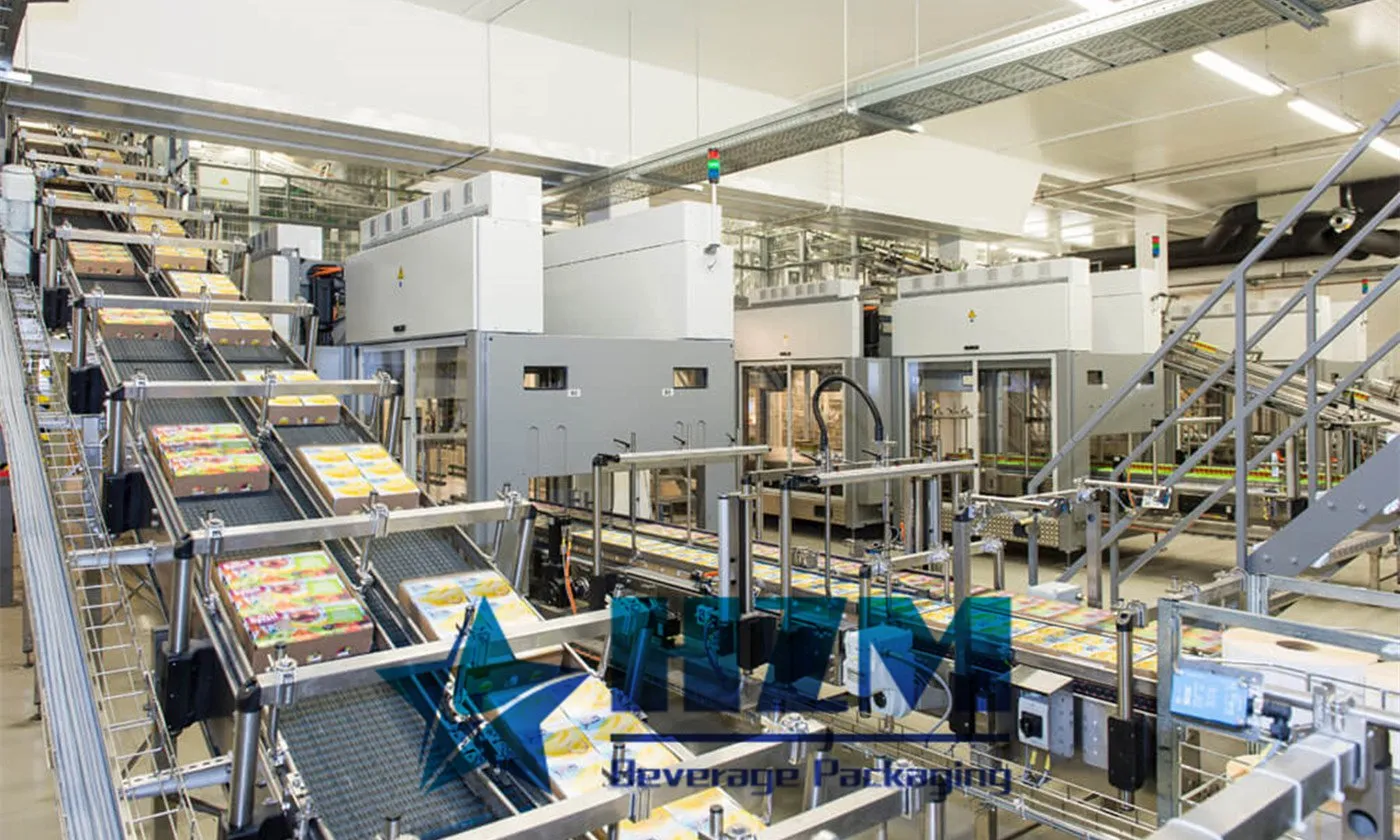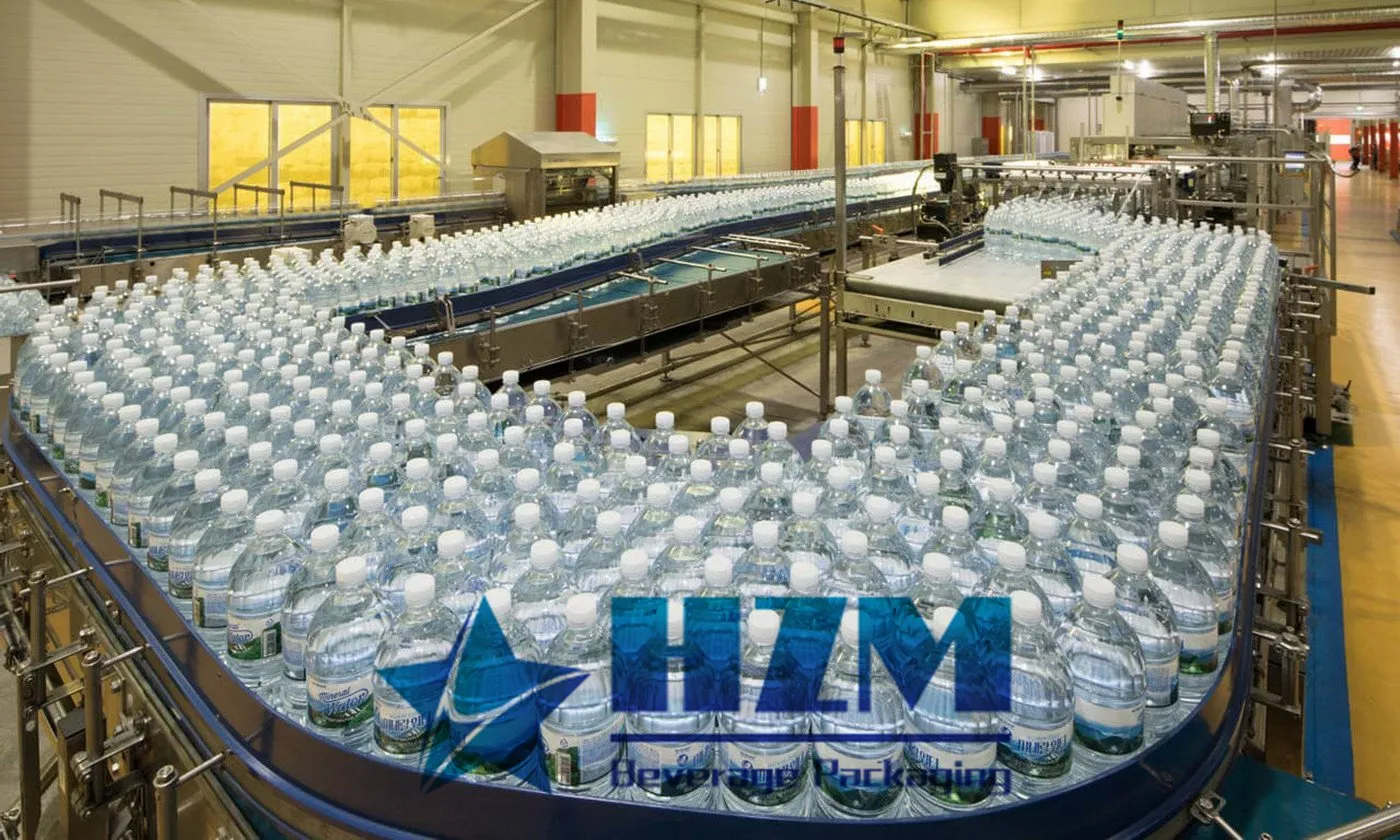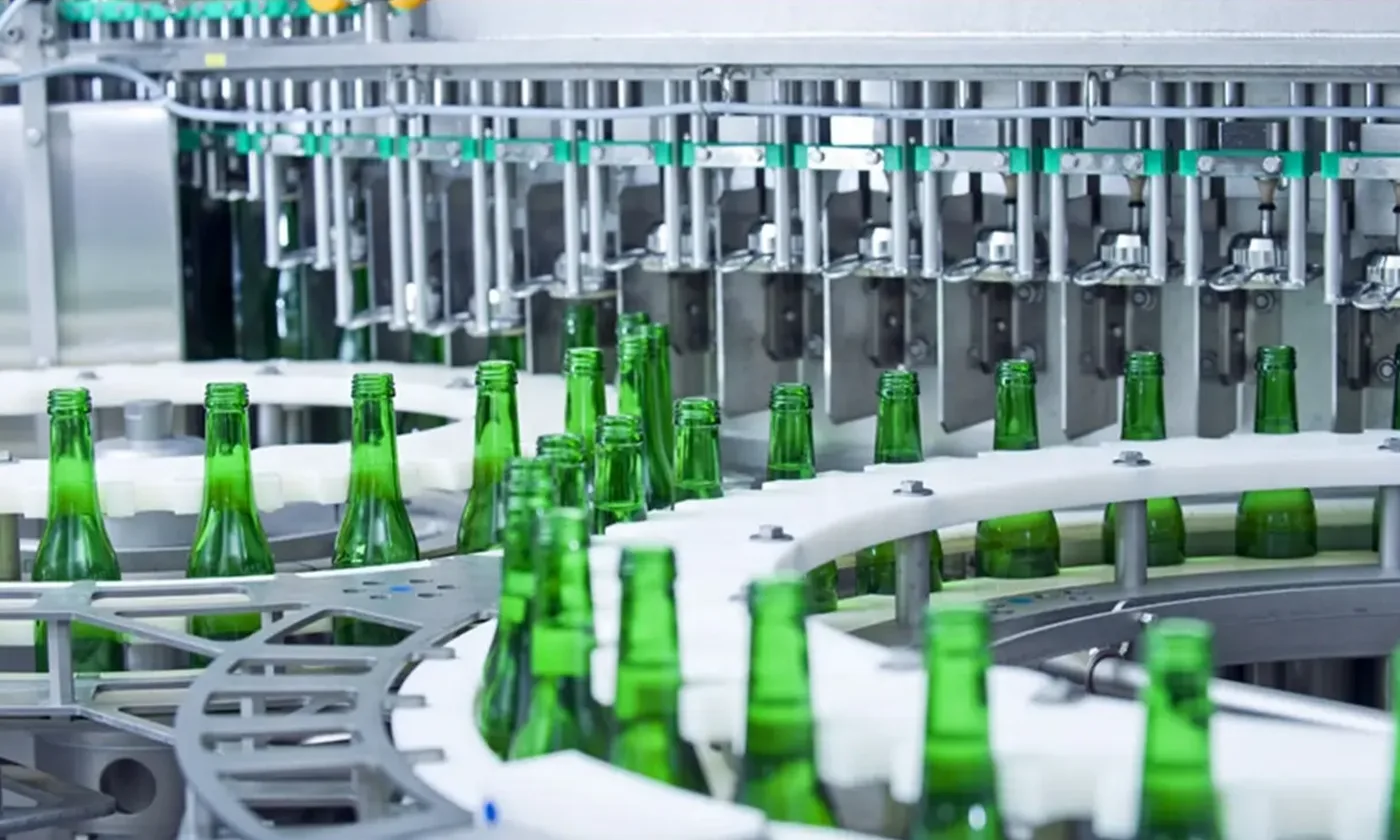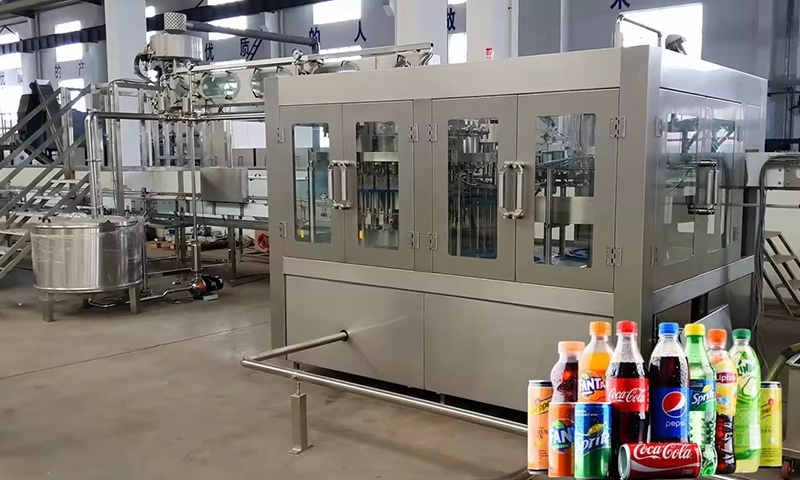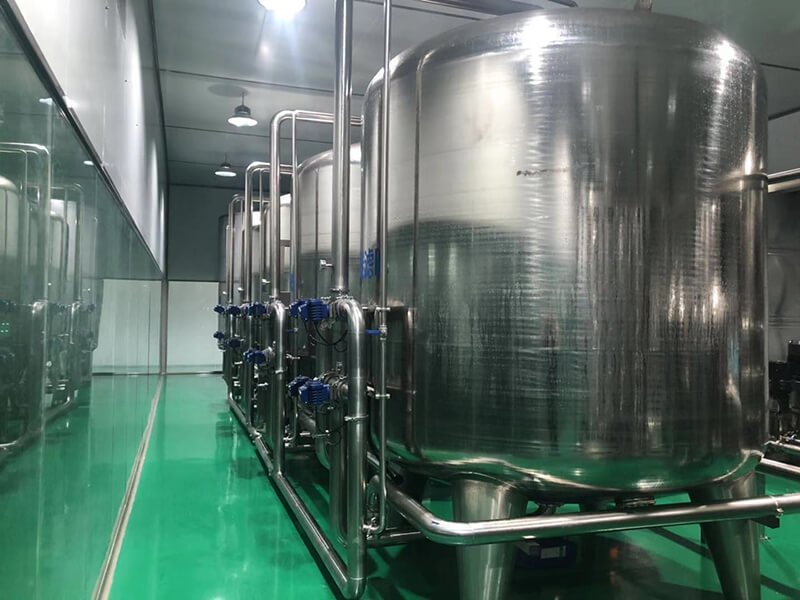
Main Process of Drinking Water Treatment System
There are certain characteristics that beverages require, such as sufficient mineral content, flavor, pH balance to create high-quality drinking products with an acceptable taste. The water treatment systems are designed to generate these characteristics that are required for these drinks.
Ultimately, the main component of all beverages is water, and the quality of the water is considered the essential factor in the quality of the beverages produced. The quality of the first level water is vital to achieve a product with a good flavor. Although the accessibility of beverage products is convenient and uncomplicated, the manufacturing process of the beverages from the sources down to the bottles is complex.
The source of the bottled water treatment process
As mentioned above, bottled water starts at the water source. There are a variety of water sources which include municipal supplies, springs and wells, groundwater as well as ocean.
After water is obtained from the identified source, the next thing is to start a water treatment process via systems such as electrode ionization, UV disinfection, distillation, ozonation, seawater desalination, and the most popular reverse osmosis. This water treatment process removes unwanted contaminants from the water that is fed to the production plant.
The water source chosen for beverage production also affects the quality of the water that can be processed, as well as its profitability. Municipal sources make up more than one third of the total bottled water supplies, while the rest comes from other natural sources, such as wells and springs.
However, it is the responsibility of water analysis agencies to approve the quality standards before they are obtained. These agencies analyze the type and frequency of organic and inorganic substances present within the source to determine the correct implementation of the filtration process.
Water that consists of a strange taste or flavor will not sell well in the market. Organic substances like metal ions in water can cause these unwanted characteristics. The processes outlined above can purify these organic substances from the feed water, and specific treatments are best suited for certain situations. For example, membrane filtration is highly effective in eradicating metals and other ions from water. Ozonation is perfect for removing odor from water and providing sanitation to prevent recurrence of microbiological contamination.

When it comes to the water treatment process, the most preferred processes include distillation, deionization, and reverse osmosis. Due to its higher performance, lower cost and high energy efficiency, the reverse osmosis is the most adopted water treatment system for bottlers.
When it comes to spring water, the source of the water must be a genuine spring. It is important to ensure that the spring can handle the production of water for the bottling process so that it is profitable. Most spring water purification processes consist of treatment systems that operate with less than 0.2 micron filtration. As soon as the filtration process is completed, the spring water is generally ozone purified to decontaminate and keep the water in the bottle. By preserving the characteristics of water, ozone shows its effectiveness in eliminating bacteria and organic substances and gradually returns to oxygen.
The benefits of Water treatment for bottled water production:
· Fresh and drinkable tasting products.
· Water quality is assured after extensive testing
· Flavor and flavor consistency.
There is a wide range of water treatment systems for sale in the global market. However each of them should be designed to generate these characteristics that are required for these drinks.
TAG:
-
![Core Selling Points of Glass Bottle CSD Filling & Capping Line]()
Core Selling Points of Glass Bottle CSD Filling & Capping Line
-
![Customizable beverage filling system]()
Customizable beverage filling system
-
![Differences Between Hot Filling and Cold Filling in Beverage Filling Machines]()
Differences Between Hot Filling and Cold Filling in Beverage Filling Machines
-
![Selecting a Dedicated RO Reverse Osmosis Water Treatment System for a Purified Water Beverage Production Line]()
Selecting a Dedicated RO Reverse Osmosis Water Treatment System for a Purified Water Beverage Production Line
-
![How Fast Is the Labeling Speed of Tea Beverage Packaging Machines?]()
How Fast Is the Labeling Speed of Tea Beverage Packaging Machines?


